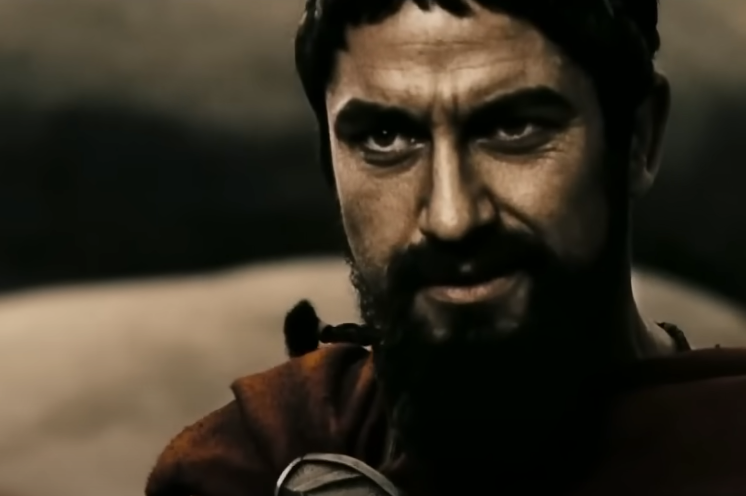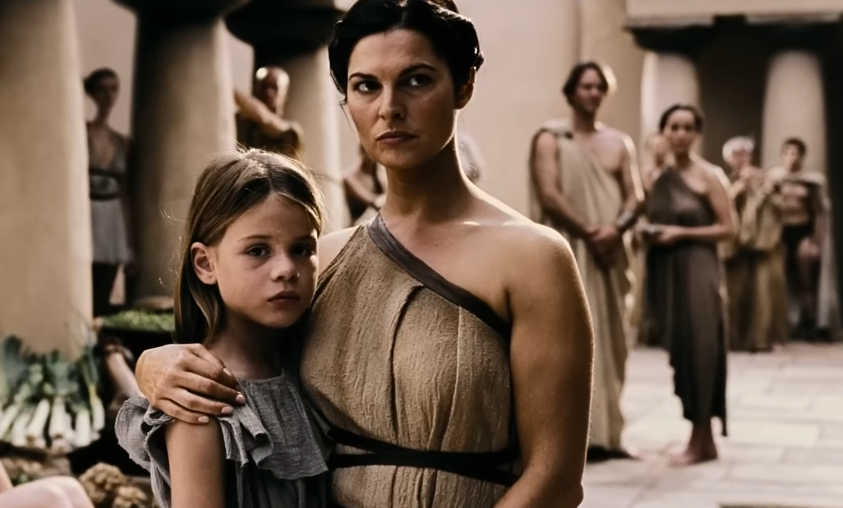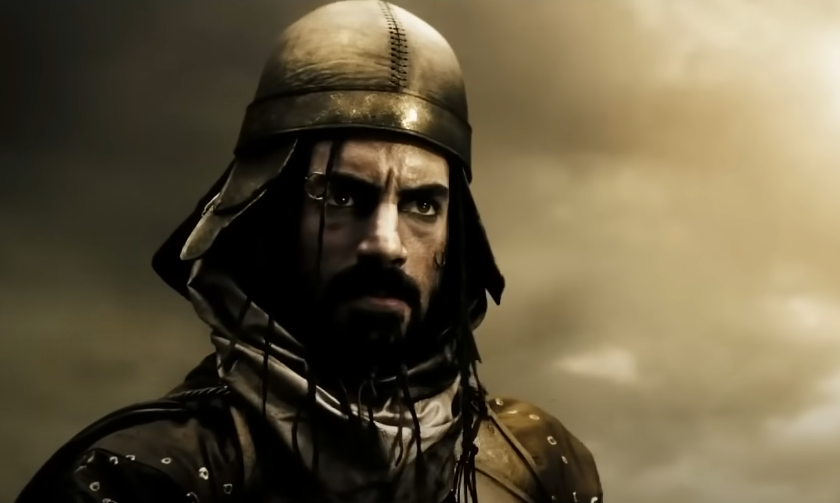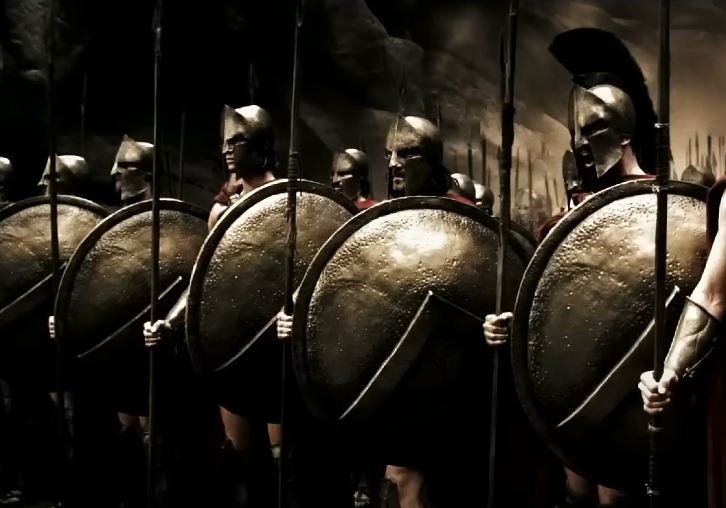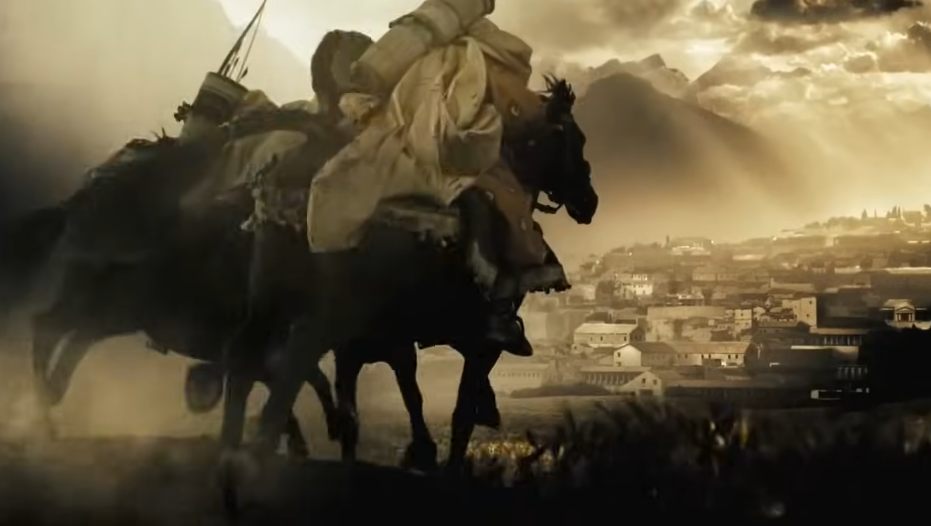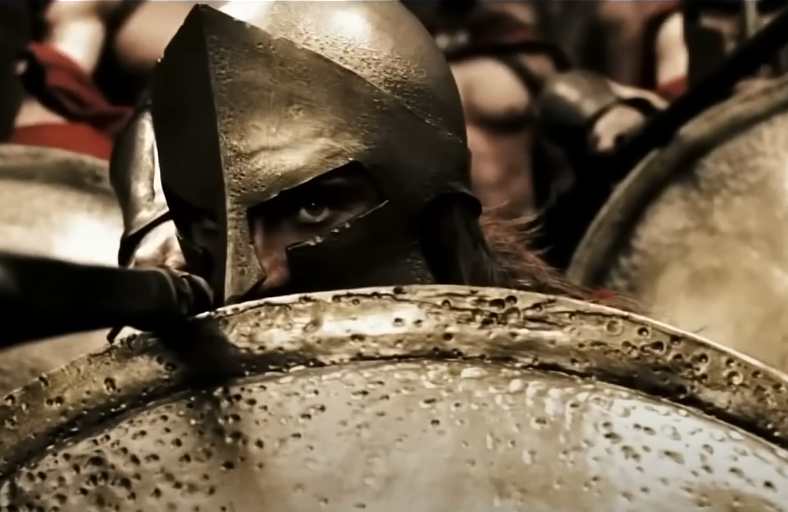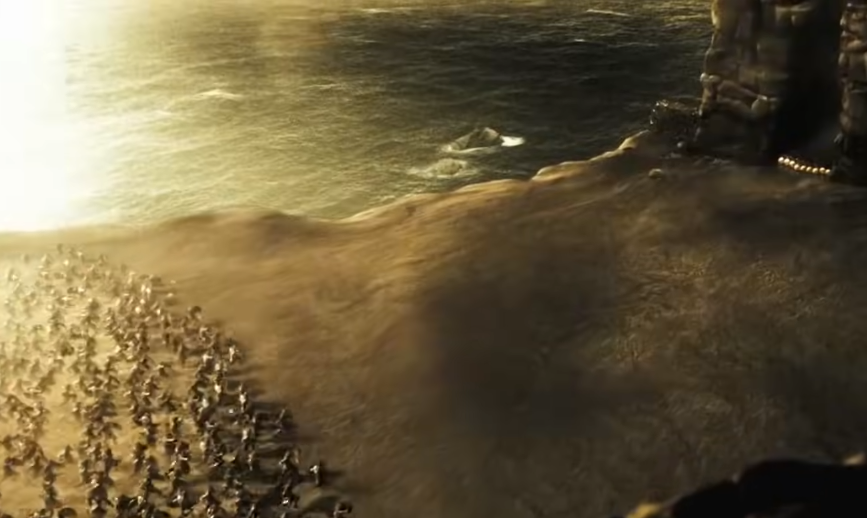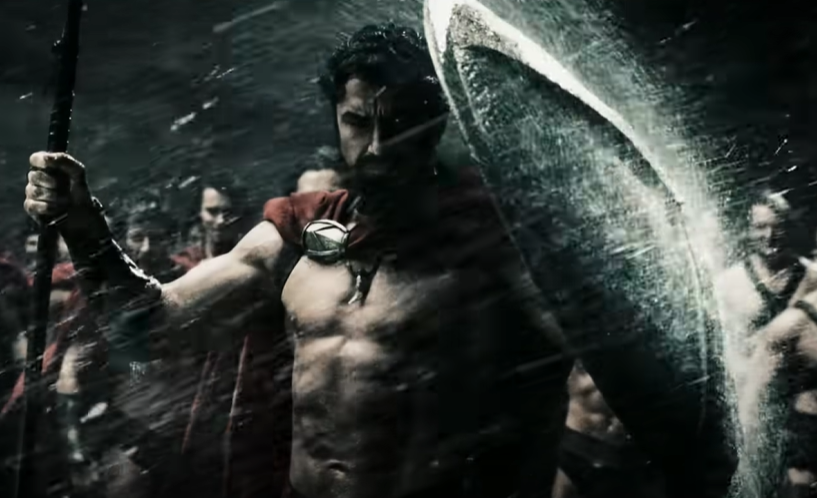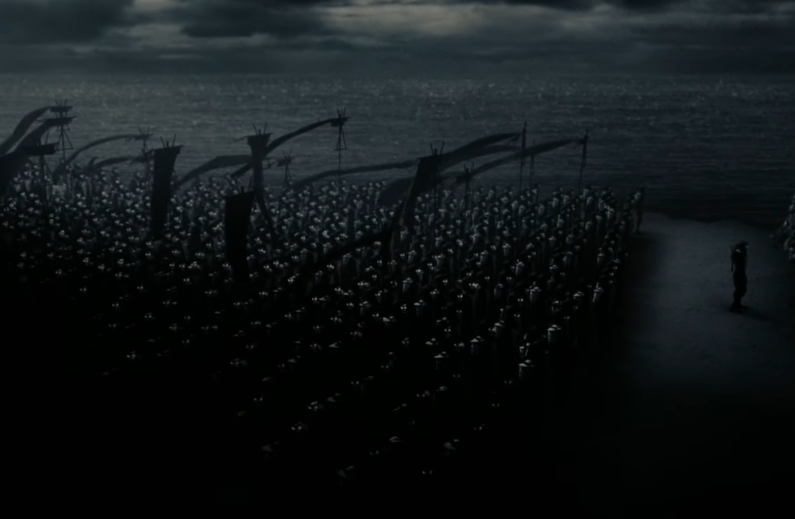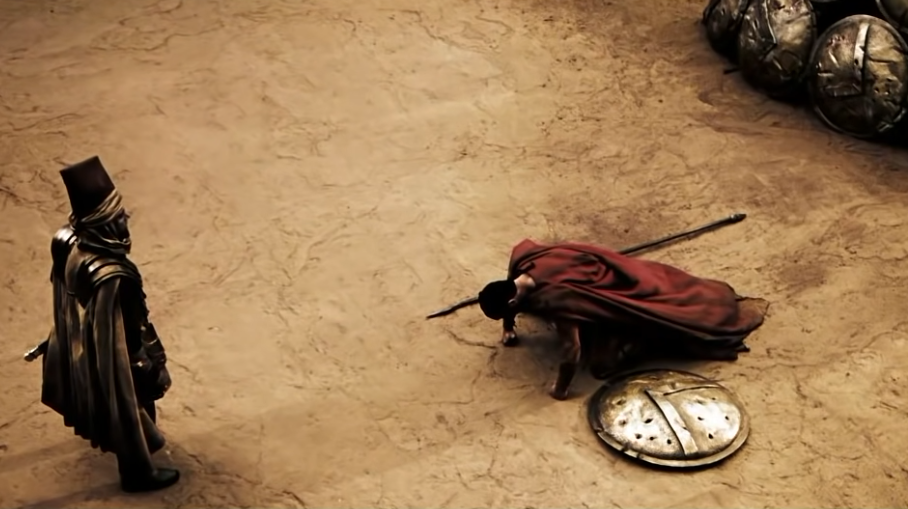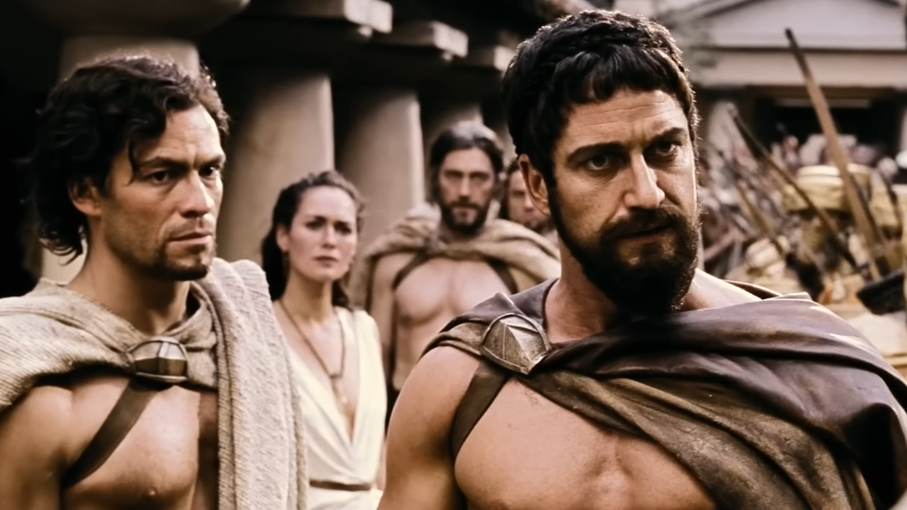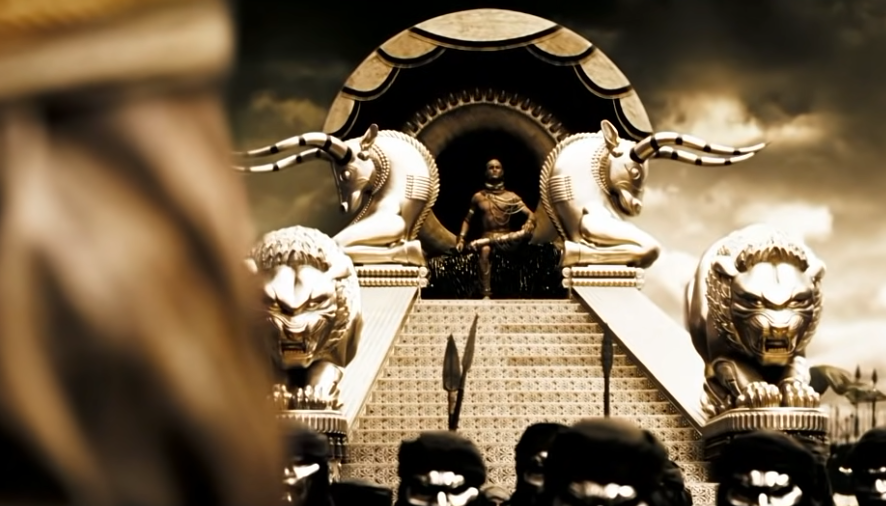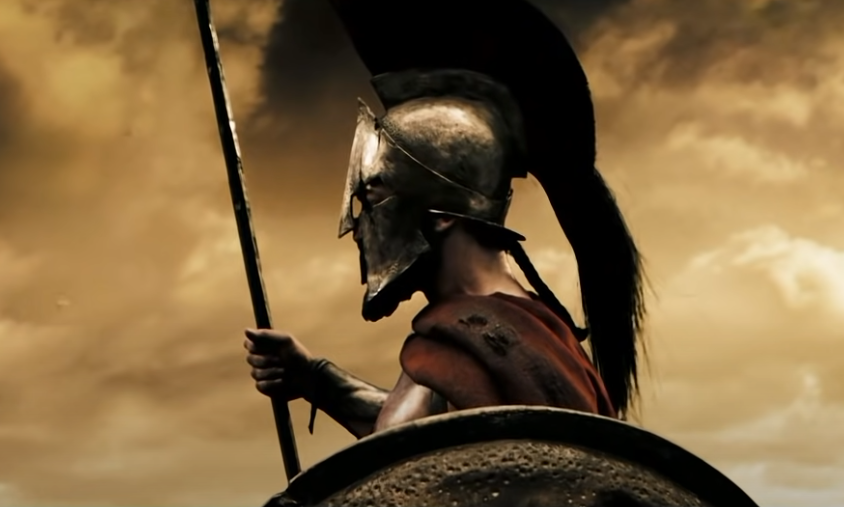History’s Underdogs
Facing impossible odds, the mighty 300 of Sparta made a stand at the Battle of Thermopylae that determined the course of history—despite how it ended.
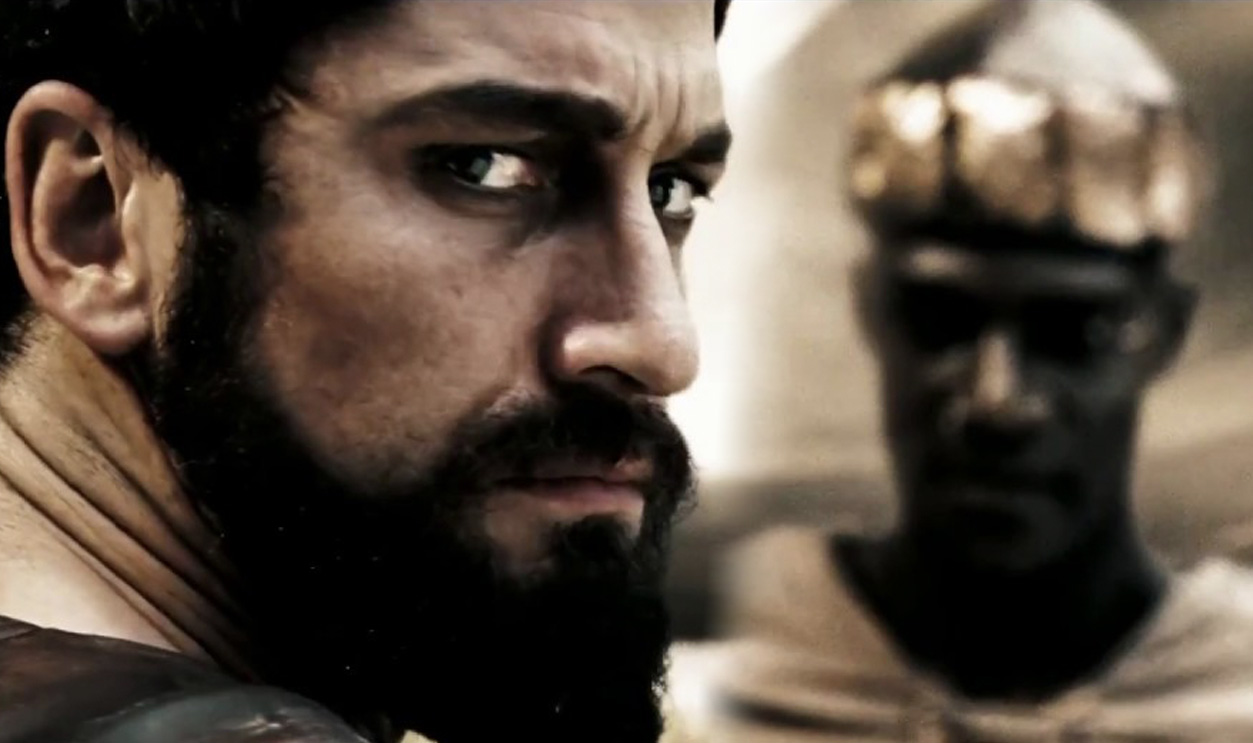
1. The Original Campaign
In 480 BCE, a battle took place that would etch itself into the fabric of history through the sheer impossible odds that were overcome. However, the journey to that battle began over a decade earlier when the ruler of Persia, Darius I, invaded Greece.
And this King of Kings had the forces to back it up.
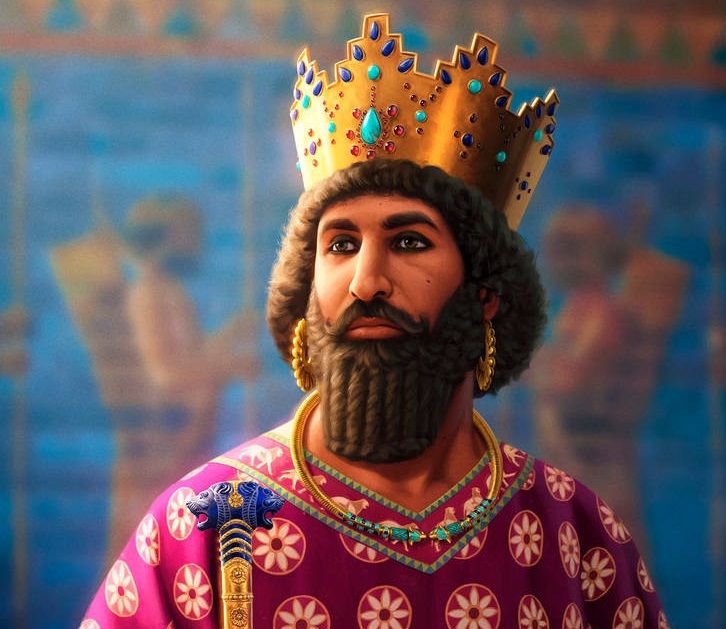 Mb573106, CC BY-SA 4.0, Wikimedia Commons
Mb573106, CC BY-SA 4.0, Wikimedia Commons
2. The First Army’s Numbers
Back during Darius I’s initial invasion, he brought an overwhelming army on ground and sea to invade and conquer Greece. However, even with his fleet of 600 warships and almost 28,000 warriors, he was ultimately unsuccessful. The Ancient Greeks were a tough nut to crack, and they weren't going to bend the knee easily.
But despite the failed invasion, the Persians never forgot about those Greeks...
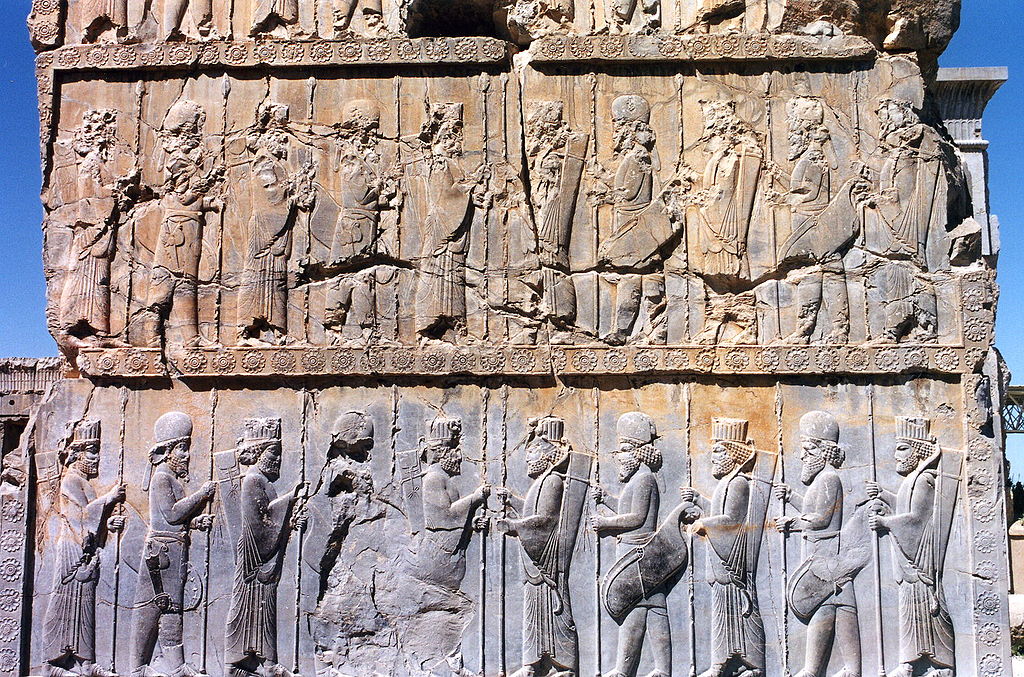 Ginolerhino, CC BY-SA 3.0, Wikimedia Commons
Ginolerhino, CC BY-SA 3.0, Wikimedia Commons
3. His Son Picked Up Where He Left Off
After Darius I perished, his son Xerxes I decided to avenge him by doing what he never could: conquering the Greeks. In 480 BCE, he mounted his invasion, crossing the Strait of Gallipoli and heading to Thessaly. In these early days, many cities surrendered to Persian rule.
And it isn’t difficult to see why.
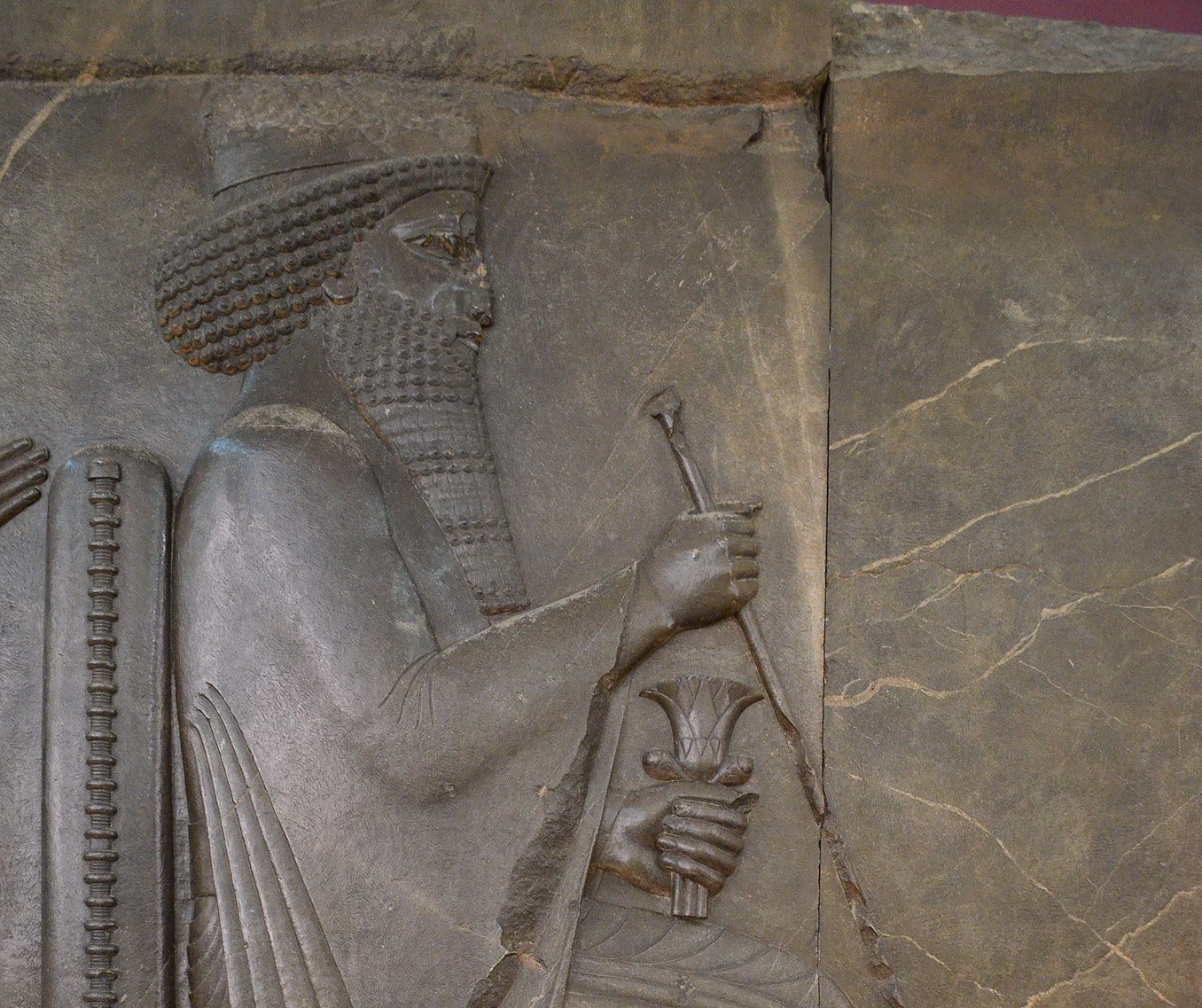 National Museum of Iran, CC BY 3.0, Wikimedia Commons
National Museum of Iran, CC BY 3.0, Wikimedia Commons
4. The New Numbers
Even as it began, Xerxes’ invasion proved to be much more of a threat than his father's. The biggest difference was the manpower he had brought, with even conservative modern estimates at around 100,000 men and close to 1,200 warships. A force like that had scarcely been seen in history.
Many opposing armies either ran or gave themselves up—but if anything, this just made Xerxes overconfident. It wouldn't always be so easy.
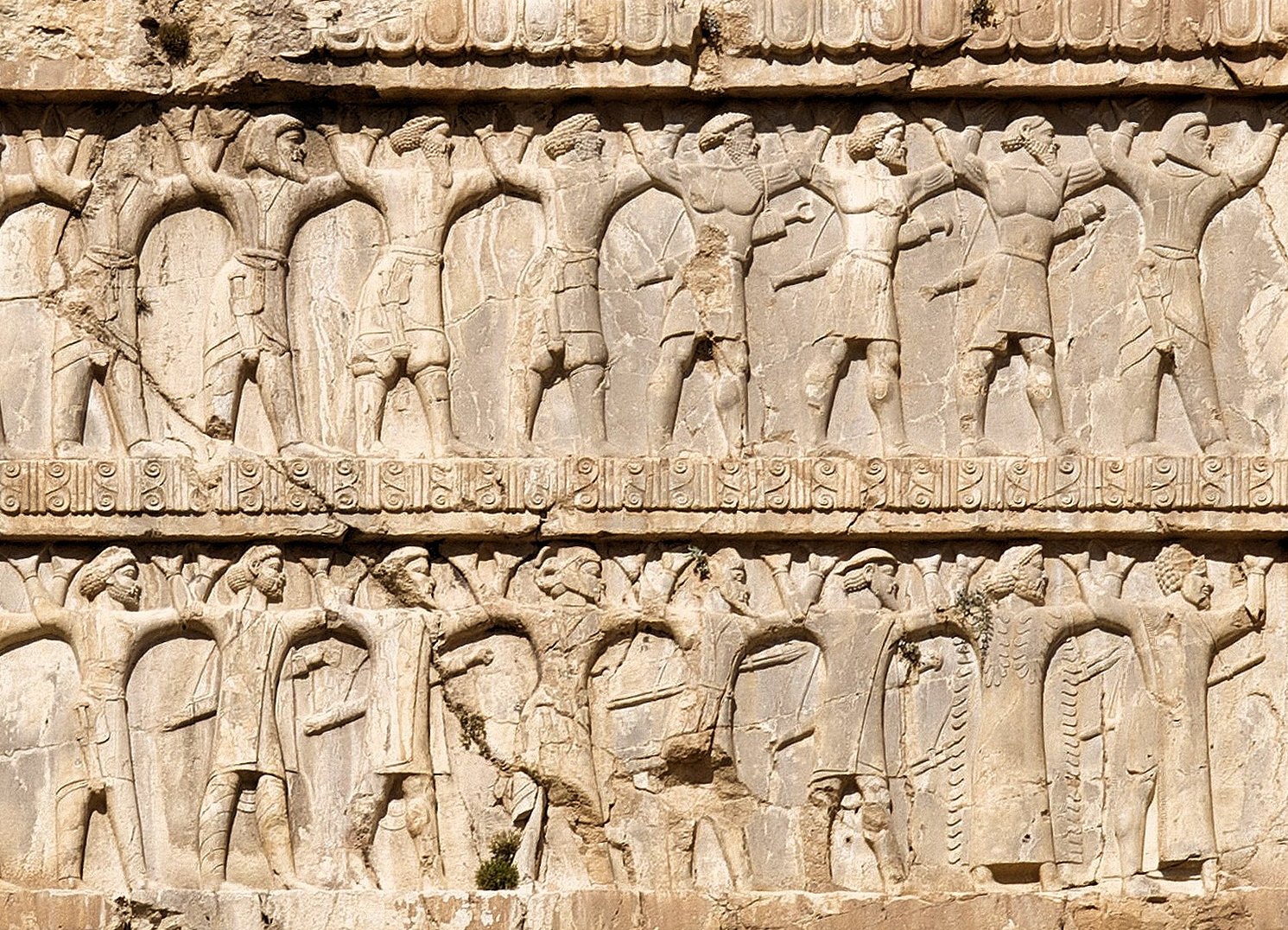 A.Davey, CC BY 2.0, Wikimedia Commons
A.Davey, CC BY 2.0, Wikimedia Commons
5. It Was The Beginning
With the Persian army marching unchecked through Europe, it wasn’t until further into the campaign that they actually met resistance. The Battle of Thermopylae would go down in history as the first military engagement of the invasion—and to say it started with a bang would be an understatement.
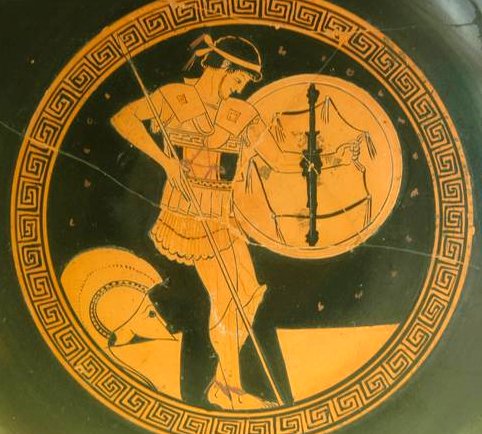 Jona Lendering, CC0, Wikimedia Commons
Jona Lendering, CC0, Wikimedia Commons
6. Their Forces Were Embellished
Over the years, history has slightly exaggerated the size of the Persian army for dramatic effect. For a long time, sources claimed that Persia marched up to the Battle of Thermopylae with up to three million warriors. While still imposing, the truth was much more realistic.
 A. C. Weatherstone, Wikimedia Commons
A. C. Weatherstone, Wikimedia Commons
7. A More Realistic Guess
Three million men simply was not in the realm of possibility in the 5th century BC—but the ratio between the Persians and the Greeks was still staggering. Today’s highest estimates suggest Persia marched with 300,000 men, eventually meeting just 7,000 Greeks at Thermopylae.
With the setting established, let’s meet some of the major players.
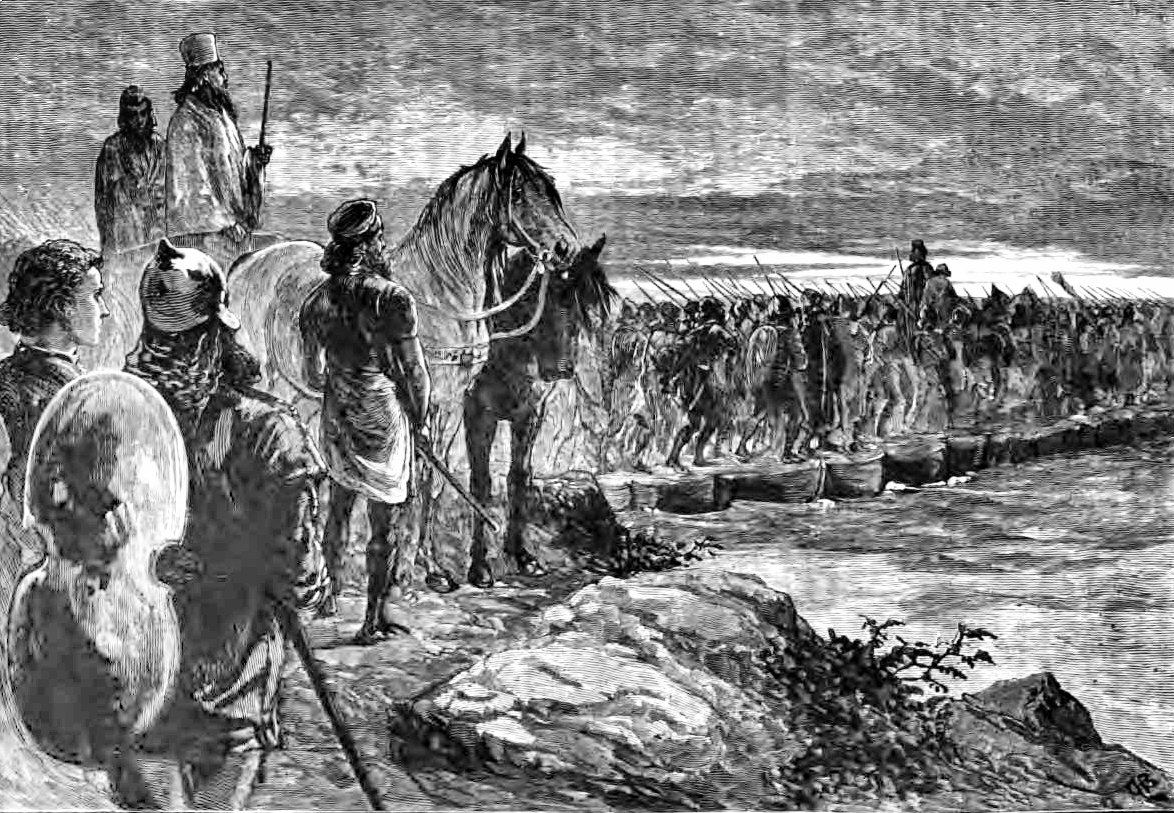 Edmund Ollier, Wikimedia Commons
Edmund Ollier, Wikimedia Commons
8. They Had Even More History
Even before the first Persian invasion of Greece, the two civilizations had found themselves at odds during the reign of Darius I. Between 499 BCE and 494 BCE, the Ionian Revolt rose against the Persian Empire. Darius crushed the rebellion, and he didn't fail to notice that the Greek city states had supported the Ionian rebels.
Darius was getting fed up with the Greeks—and they just kept rubbing him the wrong way.
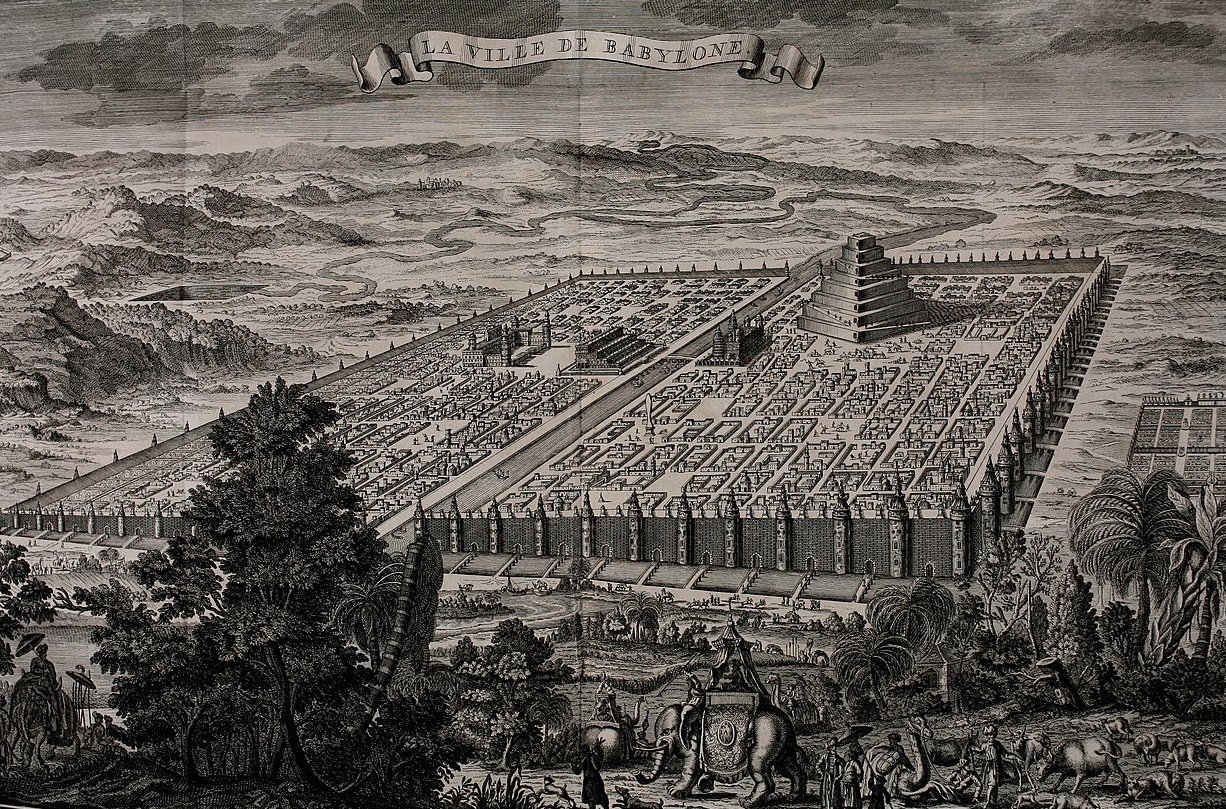 Psalmanazar, George, Wikimedia Commons
Psalmanazar, George, Wikimedia Commons

History's most fascinating stories and darkest secrets, delivered to your inbox daily.
9. He Sent Requests
A year into Darius’ initial campaign, he sent messengers to every city-state in Greece, asking for their surrender. Through his messengers, Darius demanded gifts of earth and water as symbols of submission.
However, he didn’t get all of the answers he wanted.
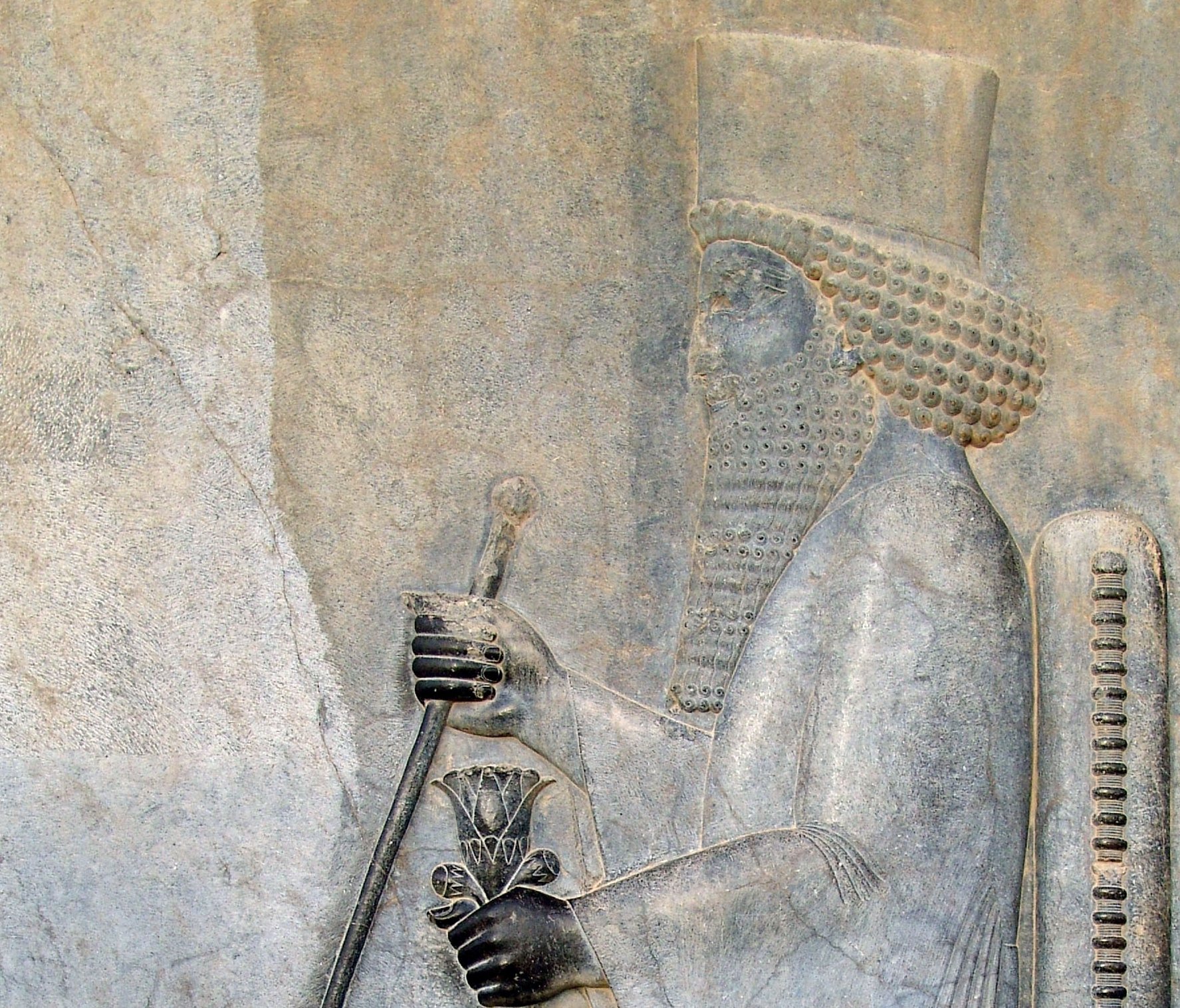 Derfash Kaviani, CC BY-SA 3.0, Wikimedia Commons
Derfash Kaviani, CC BY-SA 3.0, Wikimedia Commons
10. They Gave Their Responses
After Darius sent messengers to demand gifts of surrender from Greece’s city-states, most cities obliged and paid homage. Two of the most powerful city states, Athens and Sparta, however, refused. Athens put Darius's messengers to trial and had them executed. That was better than what the Spartans did: They threw the messengers down a well.
Ten years later, Darius’ son was ready to repay them for everything.
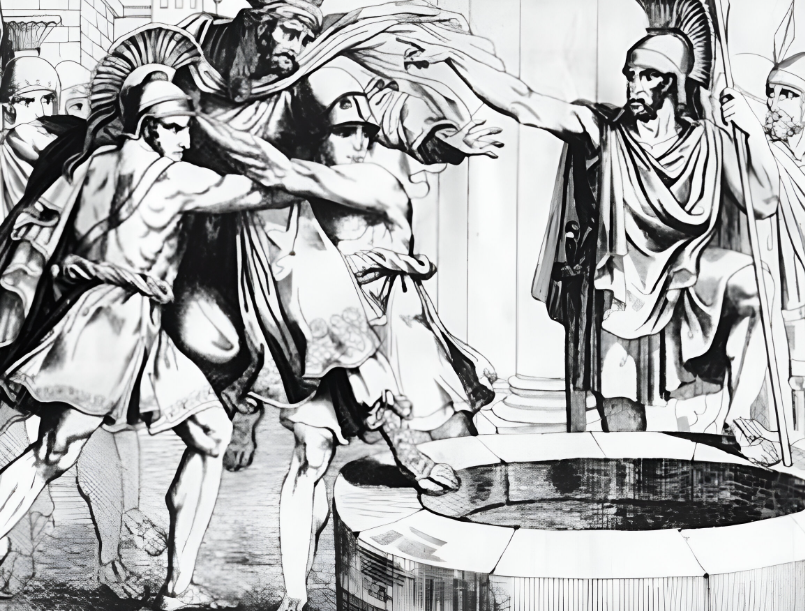 M. A. Barth, Wikimedia Commons
M. A. Barth, Wikimedia Commons
11. He Was Finally Prepared
Such a large-scale invasion doesn’t just happen overnight; It takes time to gather the necessary resources and soldiers. After four years of preparation, Xerxes had arranged everything to begin his campaign in 481 BCE.
But it wasn't going to be easy. For instance, everyone knew the route that Xerxes was going to have to take—and the Greeks knew how to use that to their advantage.
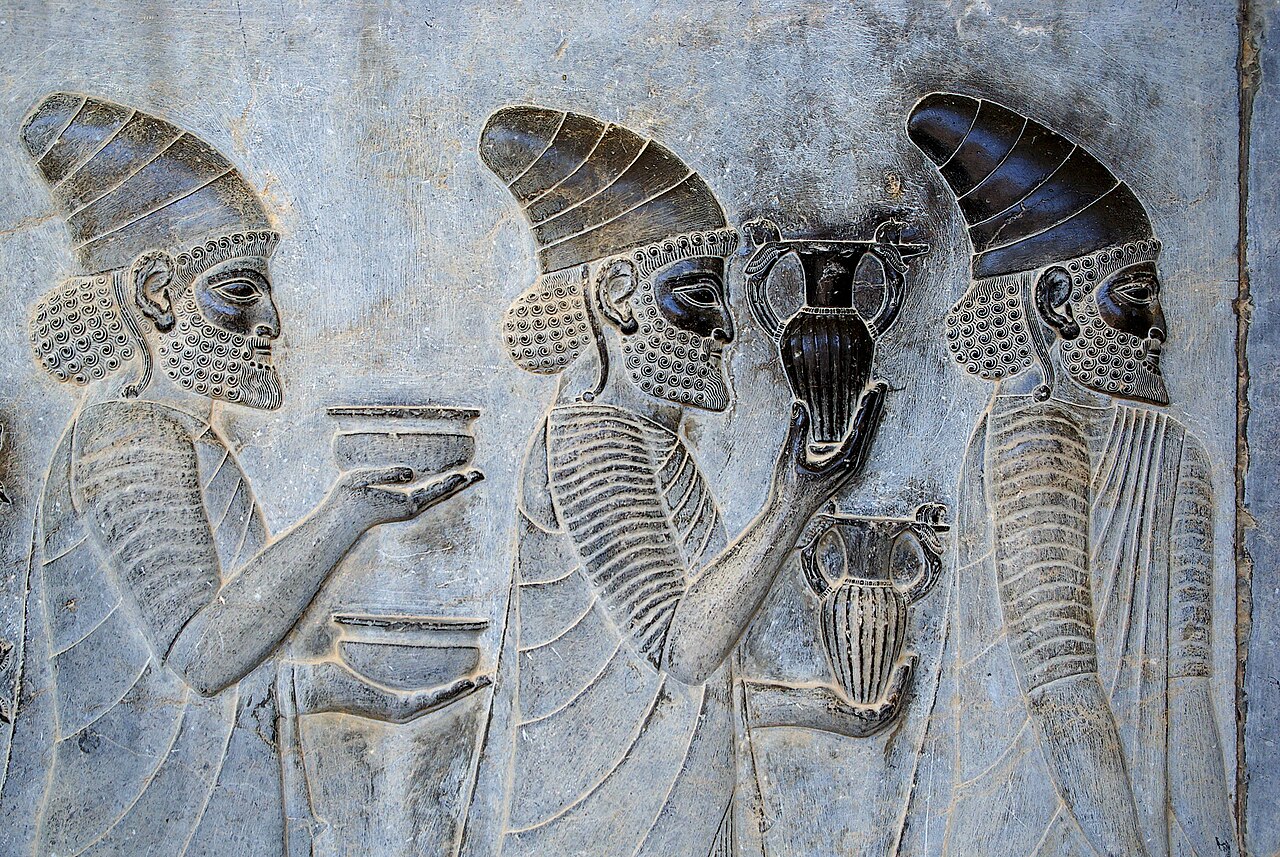 Phillip Maiwald, CC BY-SA 3.0, Wikimedia Commons
Phillip Maiwald, CC BY-SA 3.0, Wikimedia Commons
12. The Path Was Necessary
One of Xerxes’ main objectives was to capture Athens, to which end, the Persian army made for the region of Attica. This route, however, would take them through a mountain pass along the coast called Thermopylae.
Xerxes formulated this entire plan, relying on his already formidable strategic skills. But the Greeks were planning too.
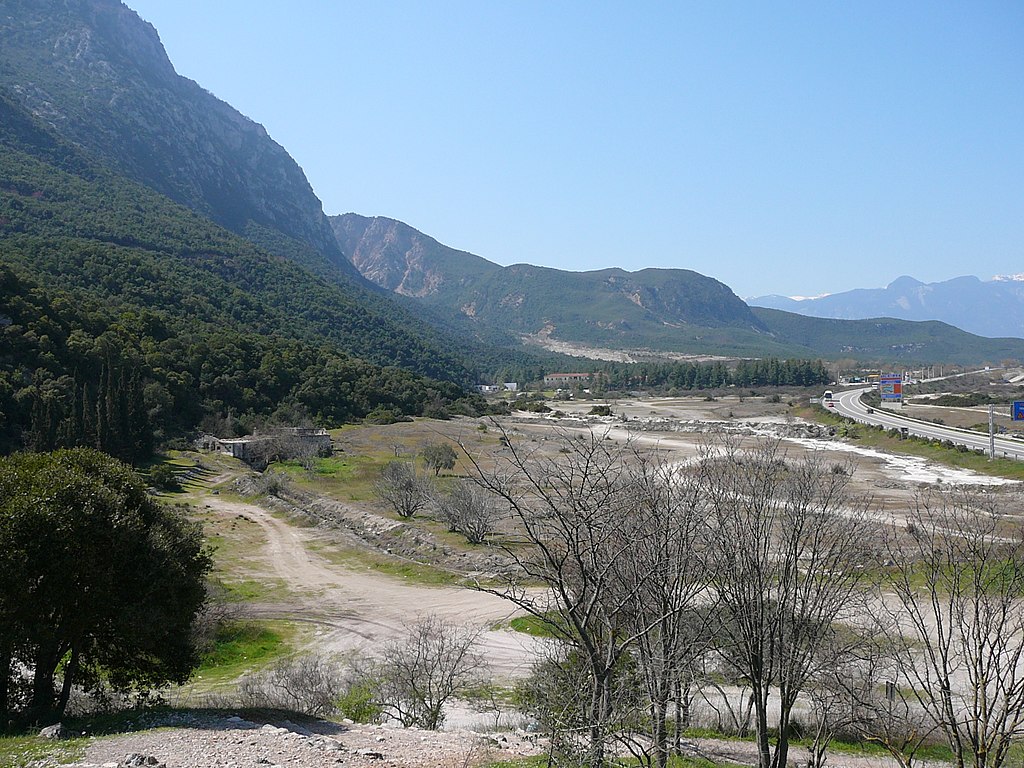 Fkerasar, CC BY-SA 3.0, Wikimedia Commons
Fkerasar, CC BY-SA 3.0, Wikimedia Commons
13. He Was Trained Early
Growing up, Xerxes developed the necessary skills for a man of his standing. Beginning at seven years old, he trained to ride horses and hunt. However, he didn’t solely rely on physical training.
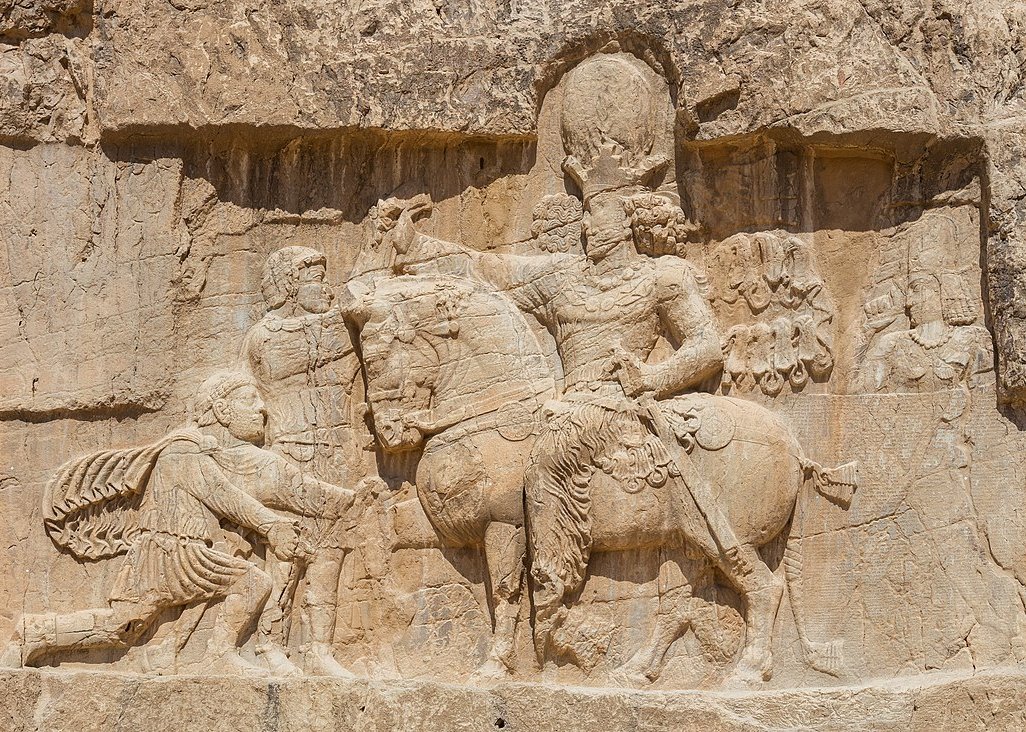 Diego Delso, CC BY-SA 4.0, Wikimedia Commons
Diego Delso, CC BY-SA 4.0, Wikimedia Commons
14. He Was Learned
In all his training, Xerxes wasn’t only learning to be a ruthless and skillful warrior. By the time he turned fourteen, he had begun his education on being a proper Prince with the values of bravery, justice, prudence, and wisdom.
Along with this, he gained a lot of experience in the field.
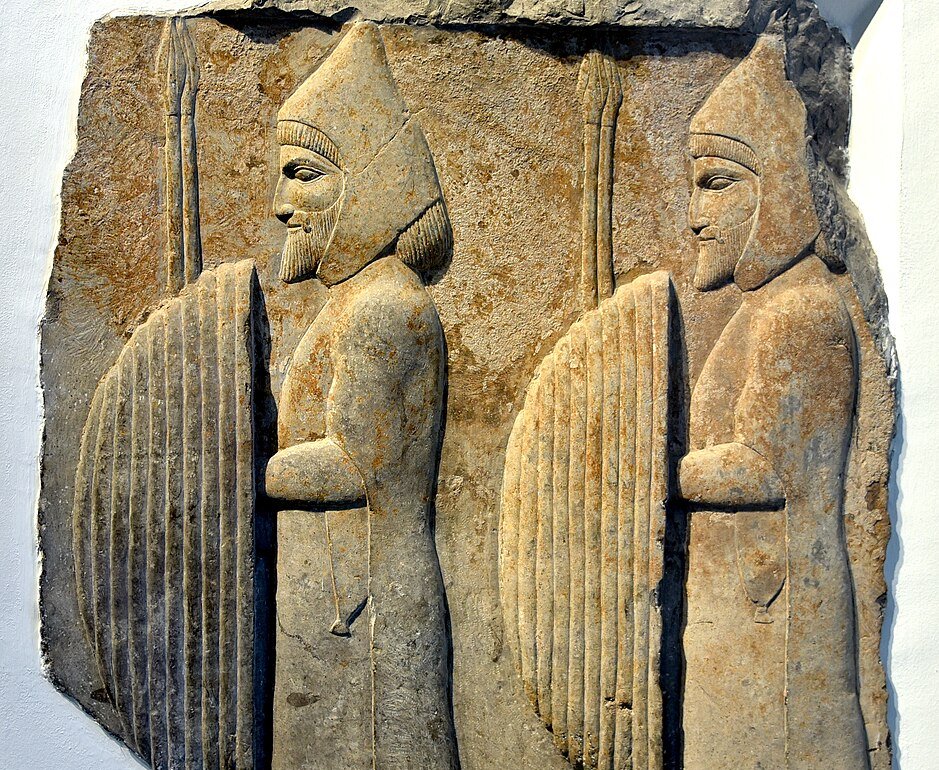 Osama Shukir Muhammed Amin, CC BY-SA 4.0, Wikimedia Commons
Osama Shukir Muhammed Amin, CC BY-SA 4.0, Wikimedia Commons
15. He Spent Time In The Service
Being a proper Persian ruler required the know-how to oversee the military. As such, part of the customary training for Persian Princes was to serve in their army for 25 years, gaining all of the strategic and combat experience that comes with it.
All of this turned him into the ruler that many came to fear.
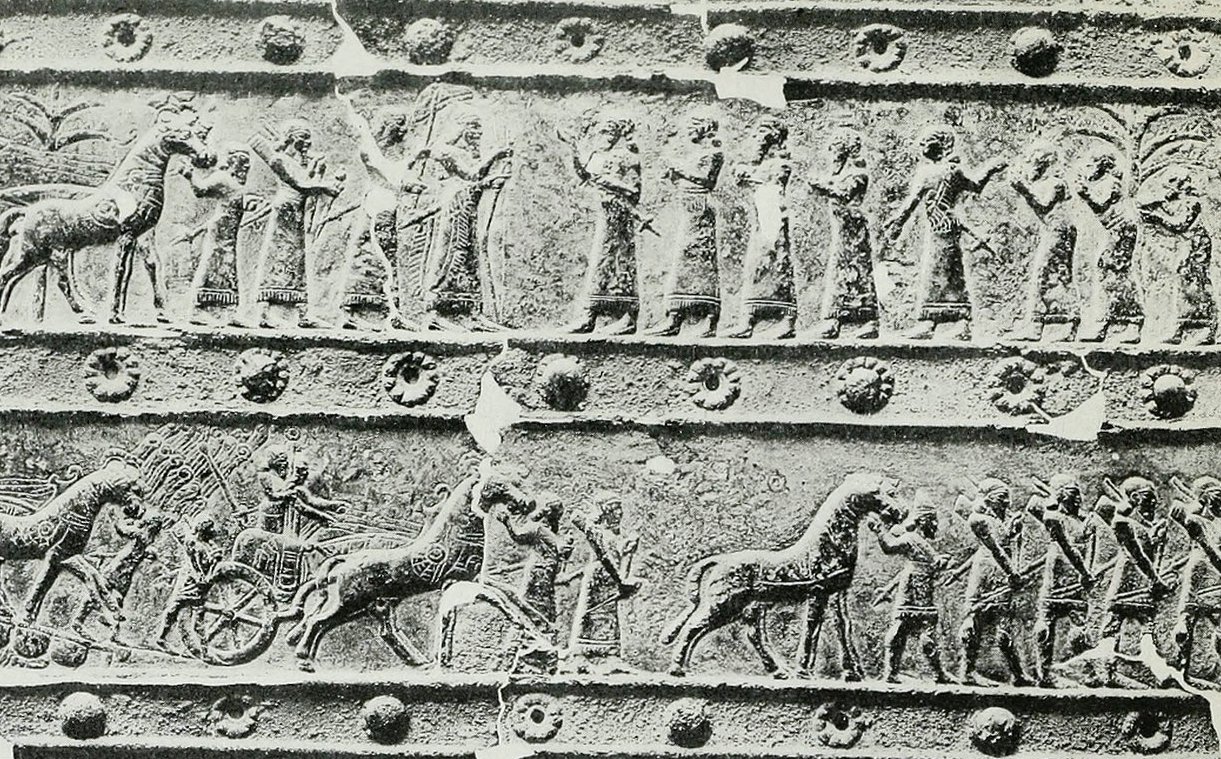 Internet Archive Book Images, Wikimedia Commons
Internet Archive Book Images, Wikimedia Commons
16. He Was A Brutal Ruler
By most accounts, Xerxes I was a ruthless King, striking down any who dared to challenge him. In the few years following his ascension to the throne, several revolts rose up in Egypt and Babylon, all of which Xerxes quickly and ruthlessly stamped out.
On the other hand, the leader he was up against was more than a match.
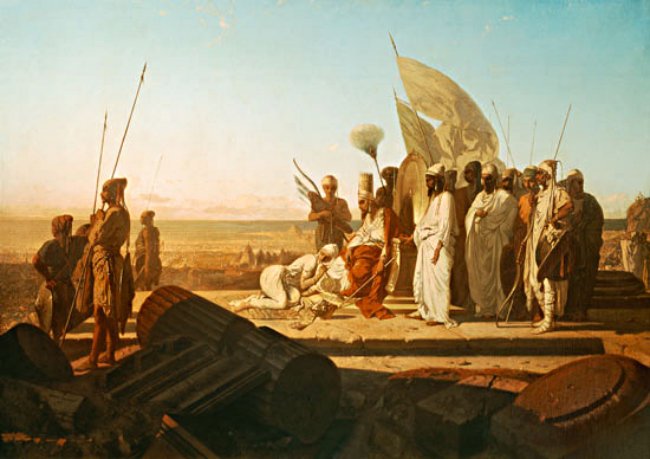 Adrien Guignet, Wikimedia Commons
Adrien Guignet, Wikimedia Commons
17. He Was The Chosen One
When the Persian Empire began its invasion, many Greek city-states banded together to oppose them. Although they formed an army, they still needed someone to lead them. The Greek coalition chose Leonidas I, King of Sparta for this task.
Like Xerxes, Leonidas was more than just one thing.
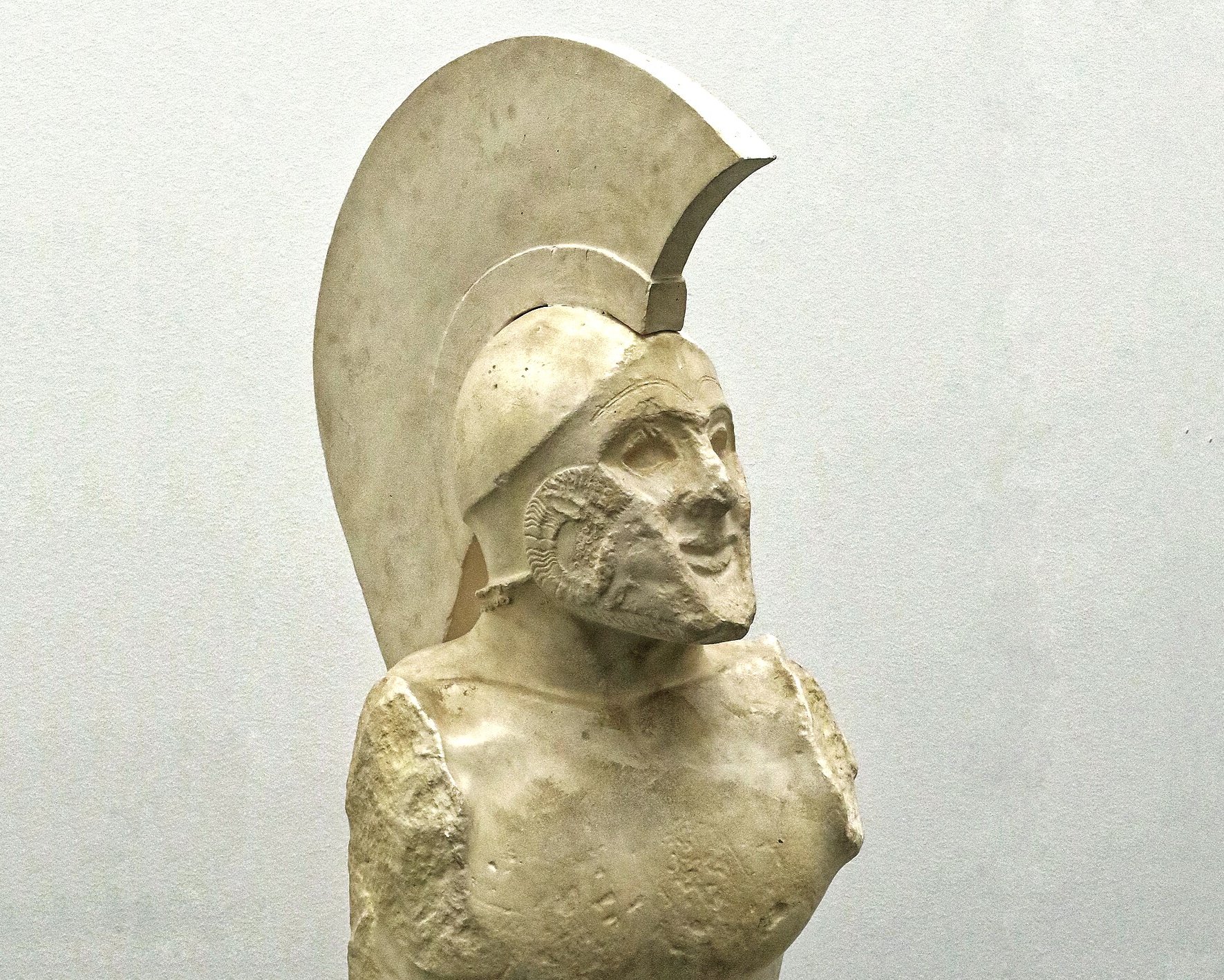 Pimpinellus, CC BY-SA 4.0, Wikimedia Commons
Pimpinellus, CC BY-SA 4.0, Wikimedia Commons
18. He Was Also Double-Pronged
While many praised Leonidas for his military and tactical abilities, he wasn’t only a successful warrior. Being Sparta’s King, he was also skilled when it came to the less-glamorous political side of ruling.
Despite some nay-sayers, Leonidas had proven himself.
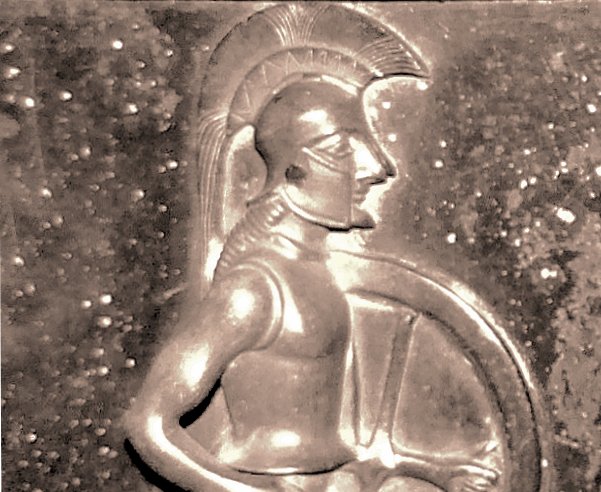 A.Davey, CC BY 2.0, Wikimedia Commons
A.Davey, CC BY 2.0, Wikimedia Commons
19. He Earned The Throne
Spartan society was rough, creating warriors from birth with a focus on strength and survival of the fittest. Throughout his life, Leonidas proved superior in every valued Spartan trait, from strength to wisdom. He wasn't just a nepo baby—he could back it up.
That being said, he did come from an exceptional family.
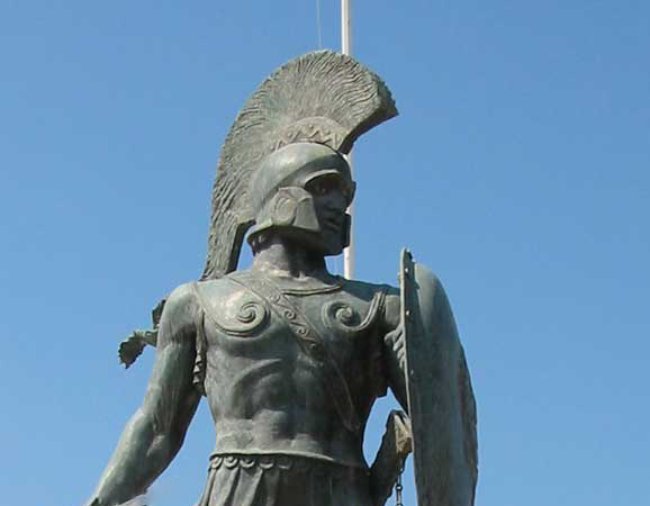 YukioSanjo, CC BY-SA 3.0, Wikimedia Commons
YukioSanjo, CC BY-SA 3.0, Wikimedia Commons
20. A Legendary Lineage
Before Leonidas became immortalized in legend, he already had ties to the legendary heroes of Ancient Greece. He was born of the Agiad Dynasty, one of Sparta’s two royal houses, and a family that claimed the demi-god Heracles as their ancestor.
Beyond that, even his name was enough to strike fear in his enemies.
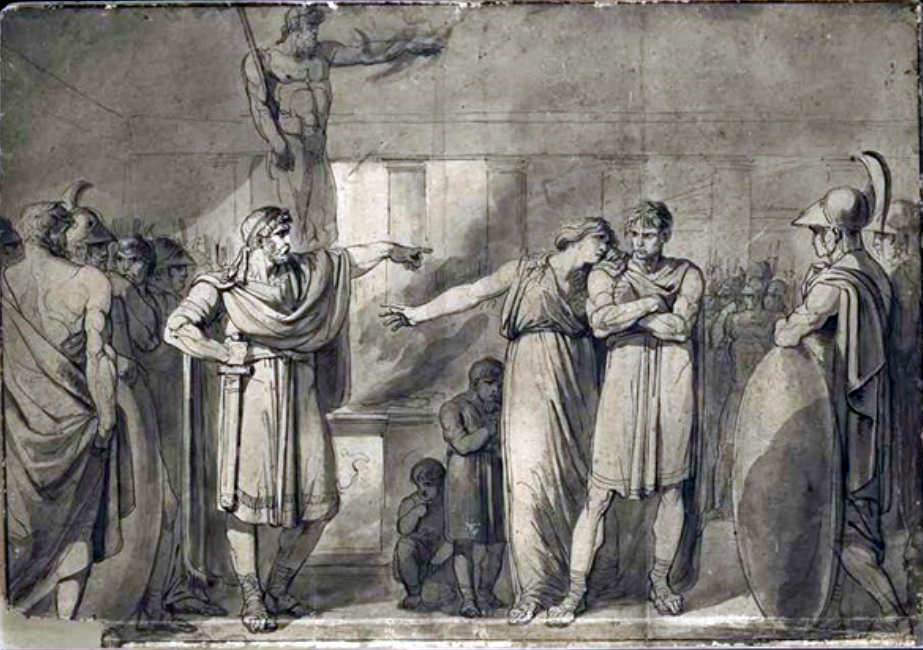 Bartolomeo Pinelli, Wikimedia Commons
Bartolomeo Pinelli, Wikimedia Commons
21. His Name Was Fierce
Many of the greatest historical leaders carried intentional names fitting for their positions. Leonidas’ name came from Leon of Sparta, his grandfather, with the name literally meaning “Descendent of Leon”. However, his name has another translation—“Son of a Lion”.
As fierce as Leonidas was, the warriors under him were just as formidable.
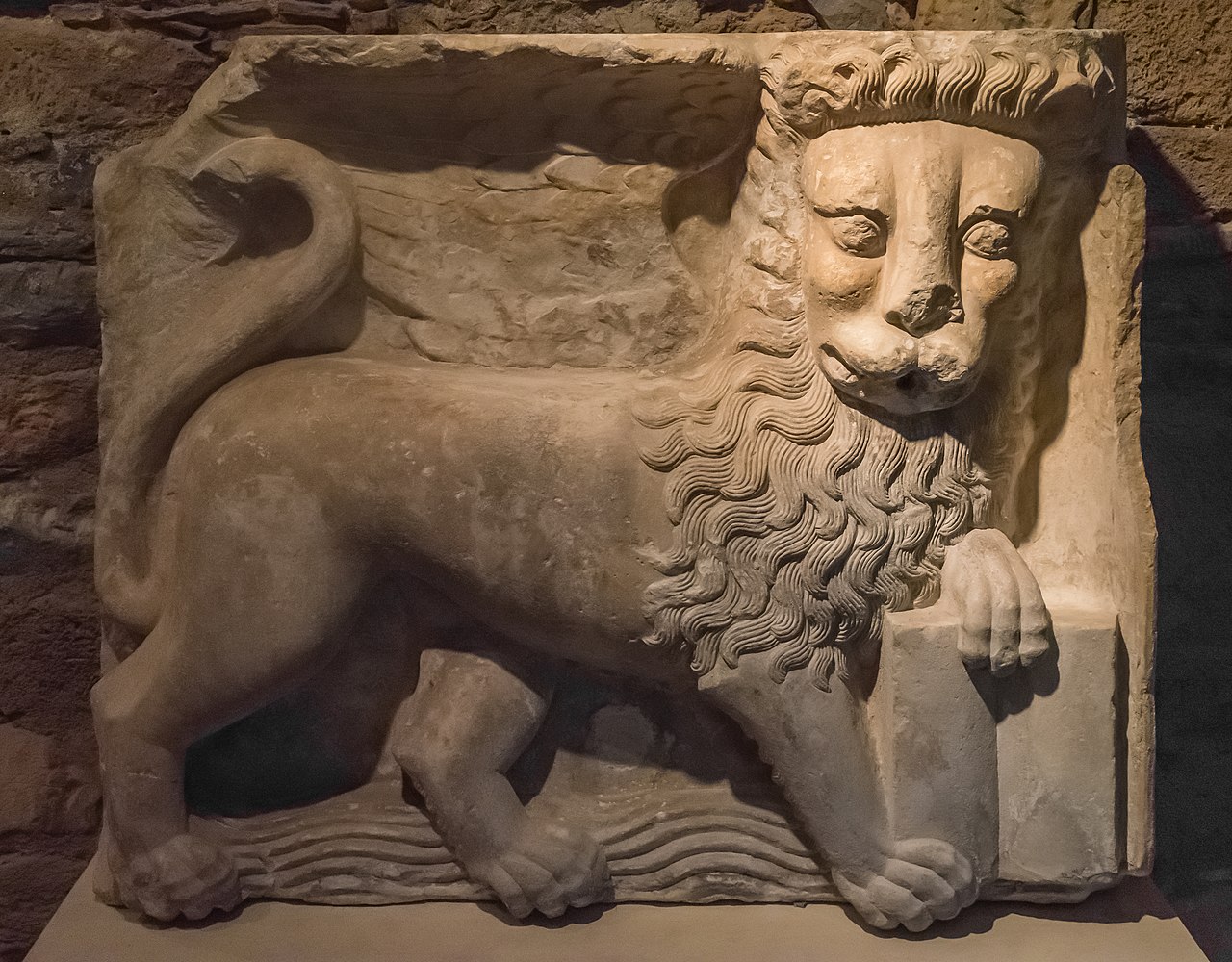 Jebulon, CC0, Wikimedia Commons
Jebulon, CC0, Wikimedia Commons
22. Sparta’s Soldiers
Spartan Hoplites were citizens chosen to be warriors, training their entire lives to be an elite fighting force. Usually furnished with spears, shields, and bronze armor, they were Sparta’s first line of defense.
However, this was only one of Greece’s city-states—albeit a significant one.
 ArchaiOptix, CC BY-SA 4.0, Wikimedia Commons
ArchaiOptix, CC BY-SA 4.0, Wikimedia Commons
23. They Were The Biggest
Although there were hundreds of city-states within Ancient Greece, two stood above the rest: Athens and Sparta. But while all the different cities generally handled most things separately, and in fact fought each other more often than not, this changed when facing a substantial threat.
That's when Athens and Sparta took their place at the top of the heap—usually.
 Leo von Klenze, Wikimedia Commons
Leo von Klenze, Wikimedia Commons
24. They Fought A Common Enemy
Regarding land and resources, the Greek city-states mostly concerned themselves with their own well-being. However, whenever a severe outside threat appeared, the city-states usually didn't hesitate to join and oppose it. They were rivals, but they were all still Greeks.
Above the others, Sparta earned a name for itself.
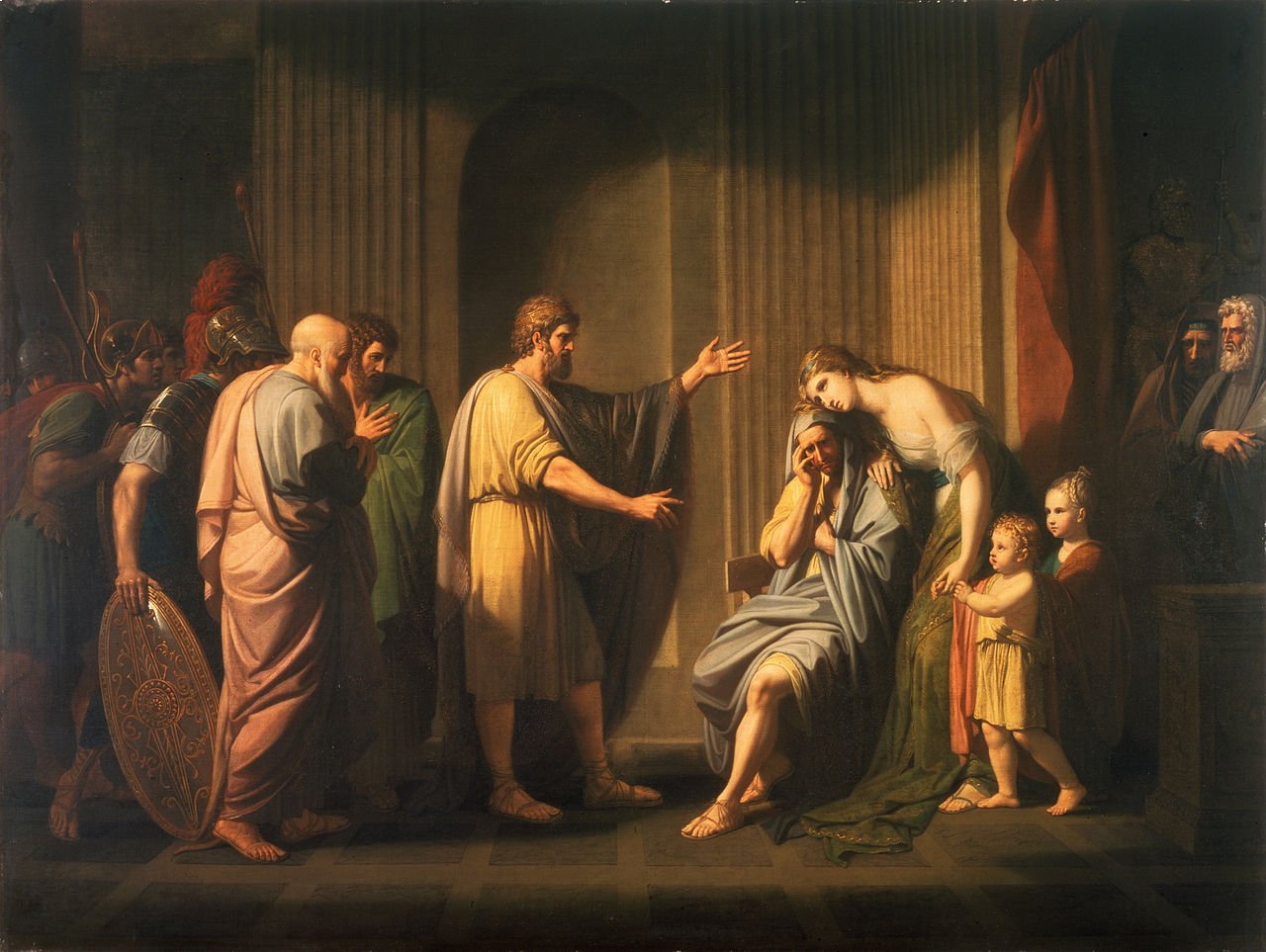 Benjamin West, Wikimedia Commons
Benjamin West, Wikimedia Commons
25. They Established Themselves
Among the city-states, Sparta inevitably carved out its place and defended it. Through conflicts like the Second Messenian War, they displayed their might and made themselves known throughout Greece as an outstanding force.
It wasn’t long until the rest of the world knew it too.
 ArchaiOptix, CC BY-SA 4.0, Wikimedia Commons
ArchaiOptix, CC BY-SA 4.0, Wikimedia Commons
26. They Were The Best
As Sparta grew into its own, it achieved renown throughout the Western world. By 500 BCE, its economic might and unparalleled land-fighting force had given Sparta the reputation of a people not to be underestimated.
Some didn’t heed this reputation, which is where the battle begins.
 ArchaiOptix, CC BY-SA 4.0, Wikimedia Commons
ArchaiOptix, CC BY-SA 4.0, Wikimedia Commons
27. Their Guard Was Down
As Xerxes and his army marched closer to Thermopylae, Sparta found itself in a bind. It was August, and they were celebrating Carneia, a festival where the Spartans forbade all military action. Also, the Olympic games were underway, and a truce kept Sparta from sending off its military—at least, not all of it.
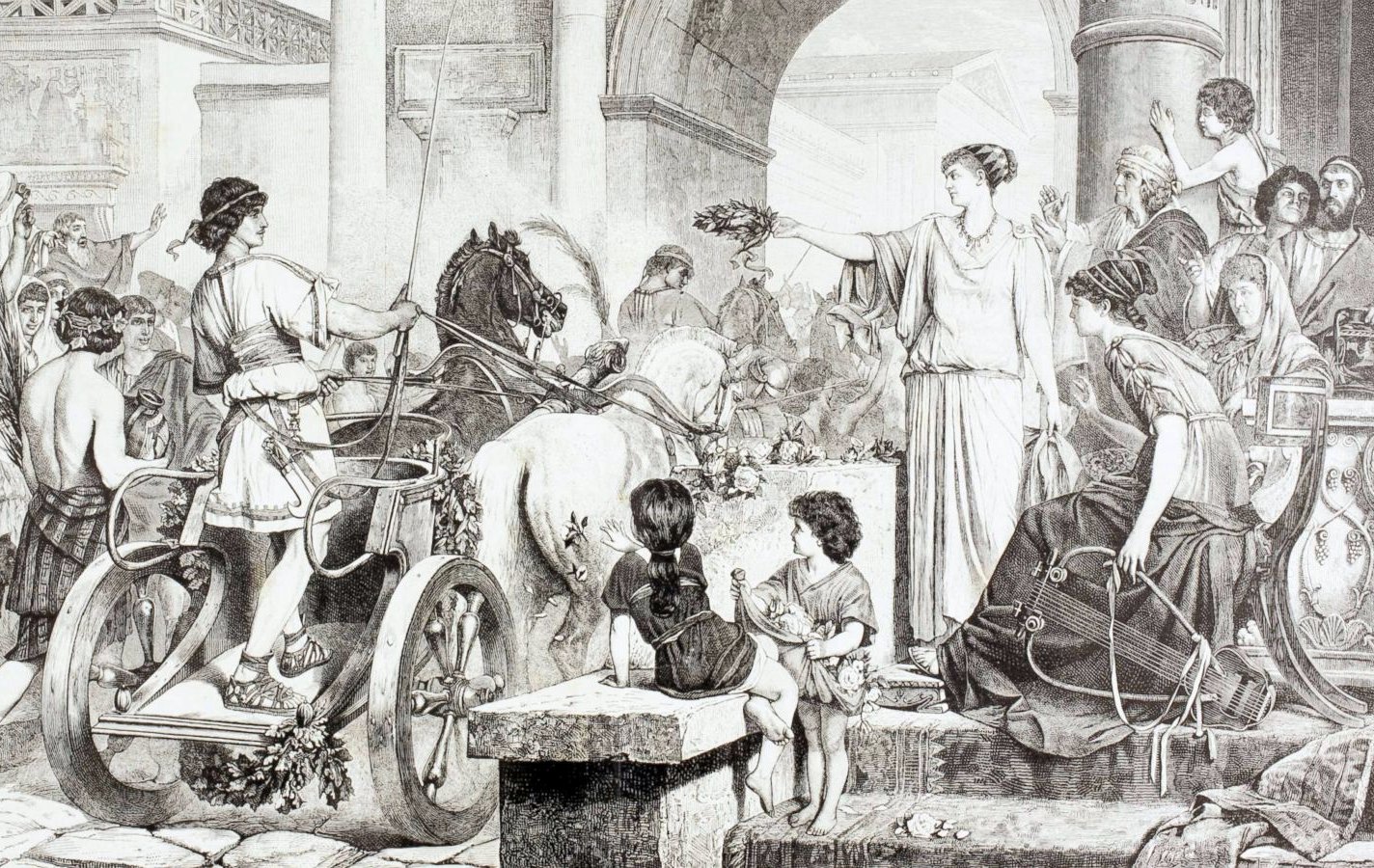 Angelo Comte de Courten, Wikimedia Commons
Angelo Comte de Courten, Wikimedia Commons
28. They Went To Stop Them
Hearing that the Persian army was approaching and needed someone to send them packing, Sparta sent a relatively small contingent of men, rather than their whole army. Ready for battle, a mass of Spartans—including 300 royal guards—went to halt the march of Xerxes’ army.
They hastened, knowing that their destination was of significant strategic value.
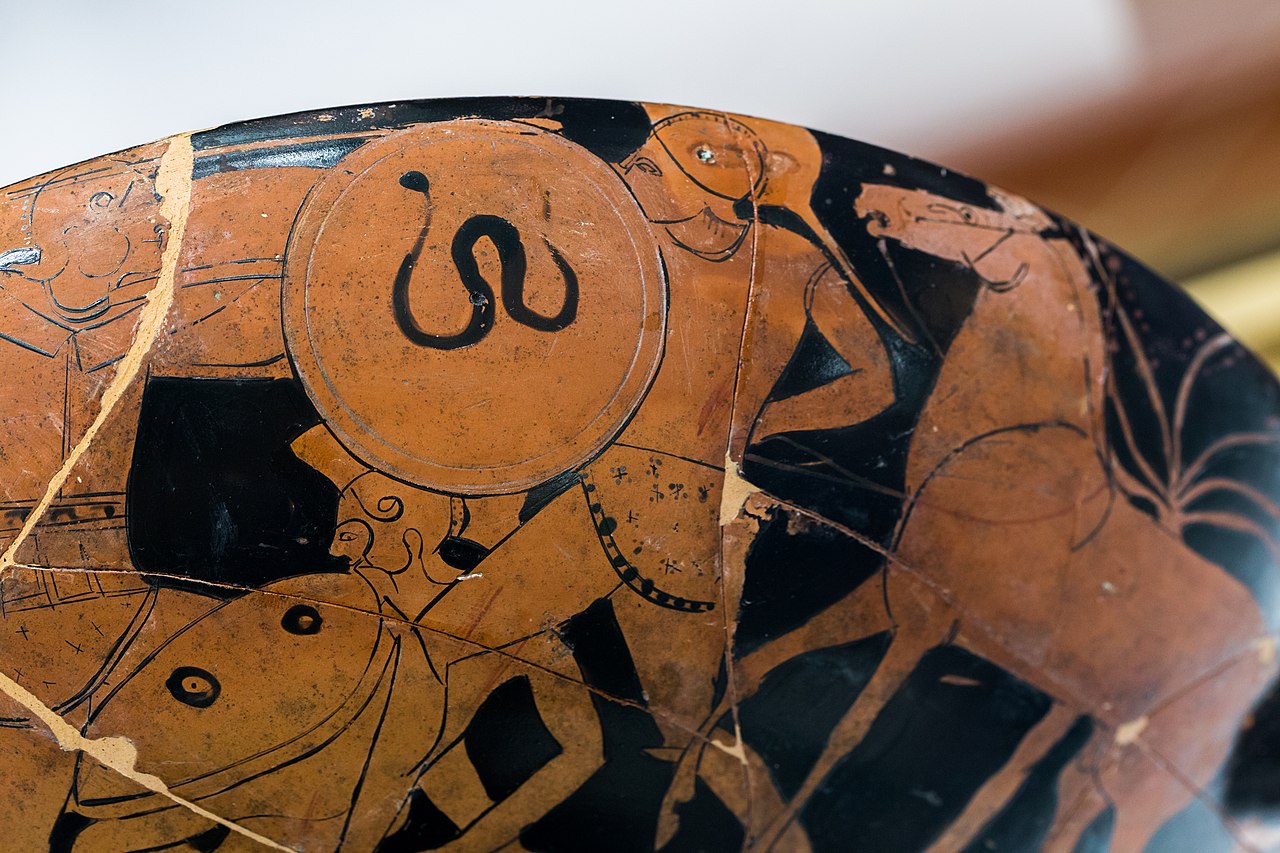 ArchaiOptix, CC BY-SA 4.0, Wikimedia Commons
ArchaiOptix, CC BY-SA 4.0, Wikimedia Commons
29. The Battlegrounds
The destination where Sparta’s army was set to meet the Persian forces was a crucial point in Xerxes’ campaign. Thermopylae—translated as “hot gates”—was a pass north of Sparta that served as a major access point to the rest of Greece.
Fortunately for Sparta, their army had support.
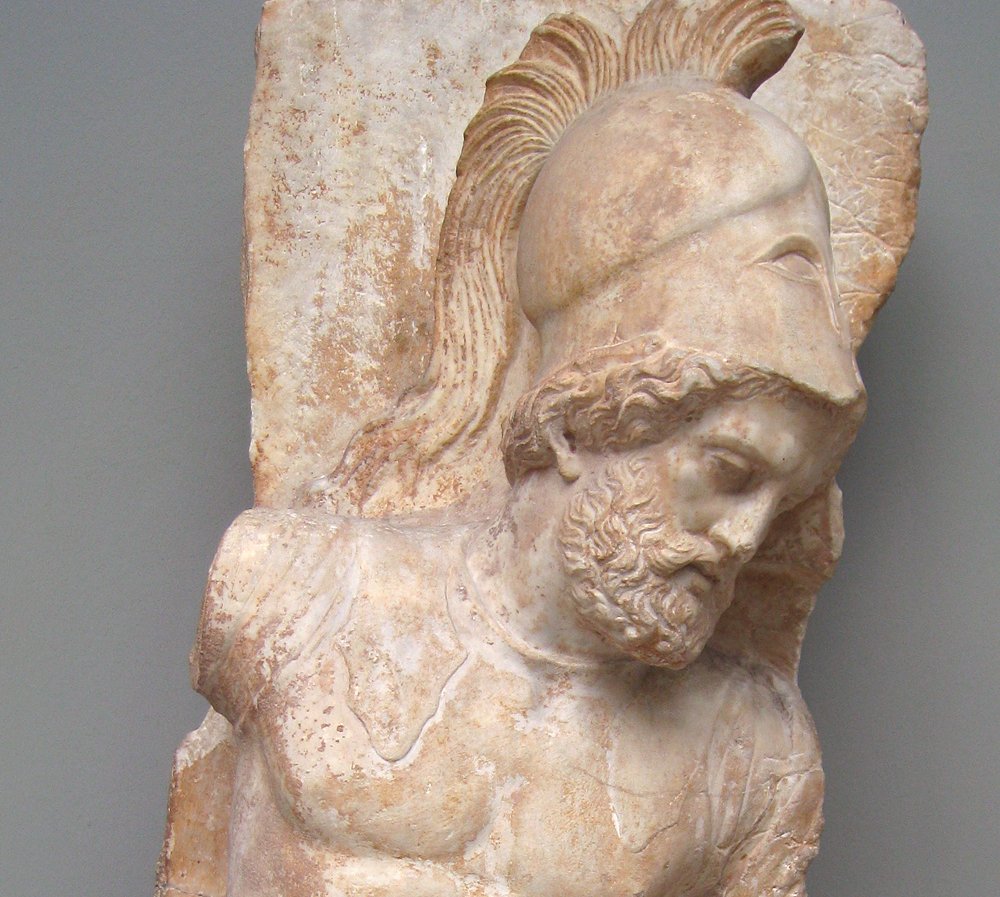 ChrisO, CC BY-SA 3.0, Wikimedia Commons
ChrisO, CC BY-SA 3.0, Wikimedia Commons
30. Their Forces Grew
Contrary to popular belief, as the Spartan army marched to Thermopylae, they did not remain alone. Along the way, other Greek allies offered forces of various sizes to join the defense. City-states like Thebes, Corinth, and Thespiae each gave several hundred men to the cause.
However, they weren’t just given orders and sent off without a leader.
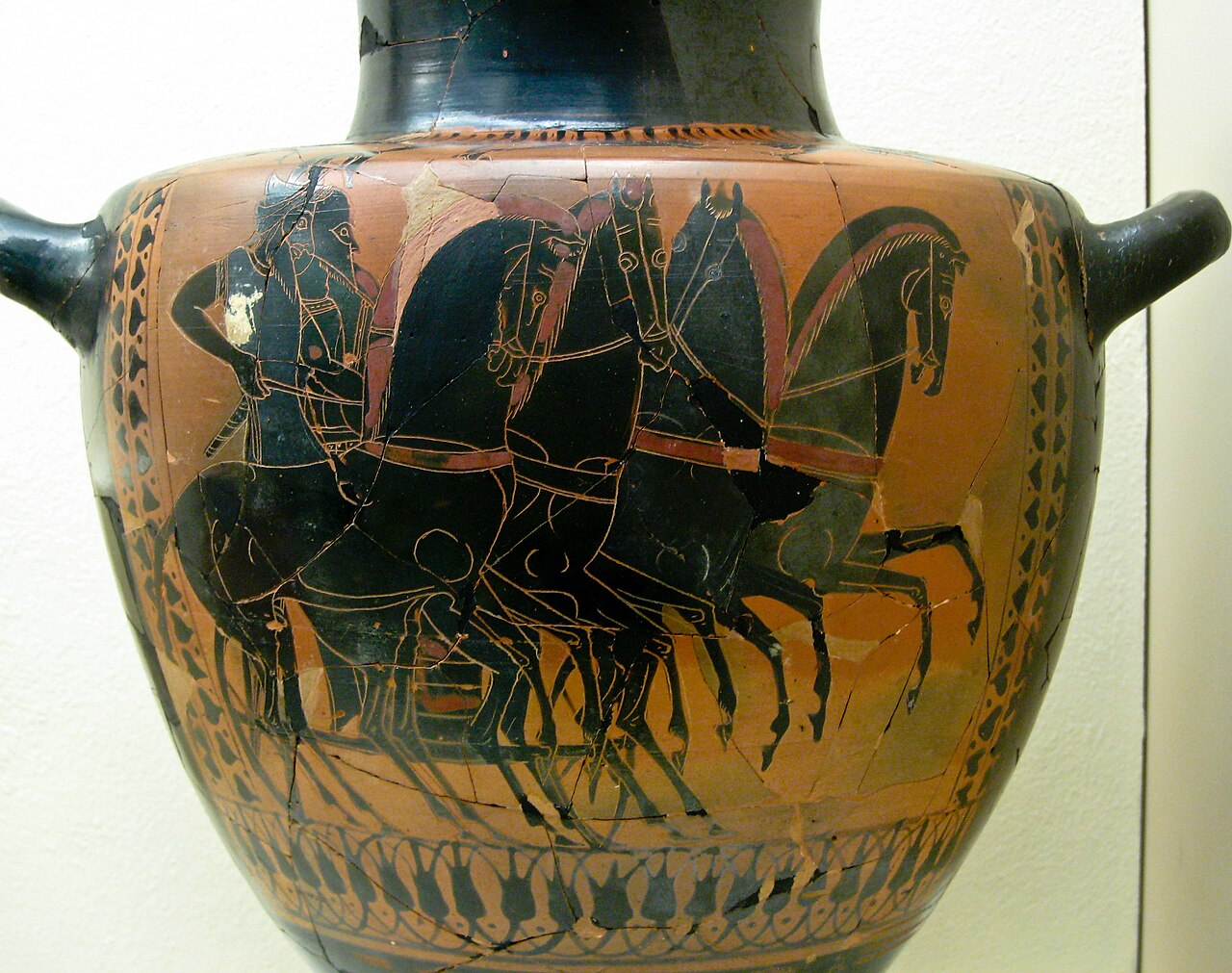 Sharon Mollerus, CC BY 2.0, Wikimedia Commons
Sharon Mollerus, CC BY 2.0, Wikimedia Commons
31. He Led Them All
At the helm of the Greek Allies was the mighty King Leonidas, but he didn’t just call the shots from afar. He marched right at the head of the army as it grew, leading by example. Once they arrived, it wasn’t long until they made contact with the enemy.
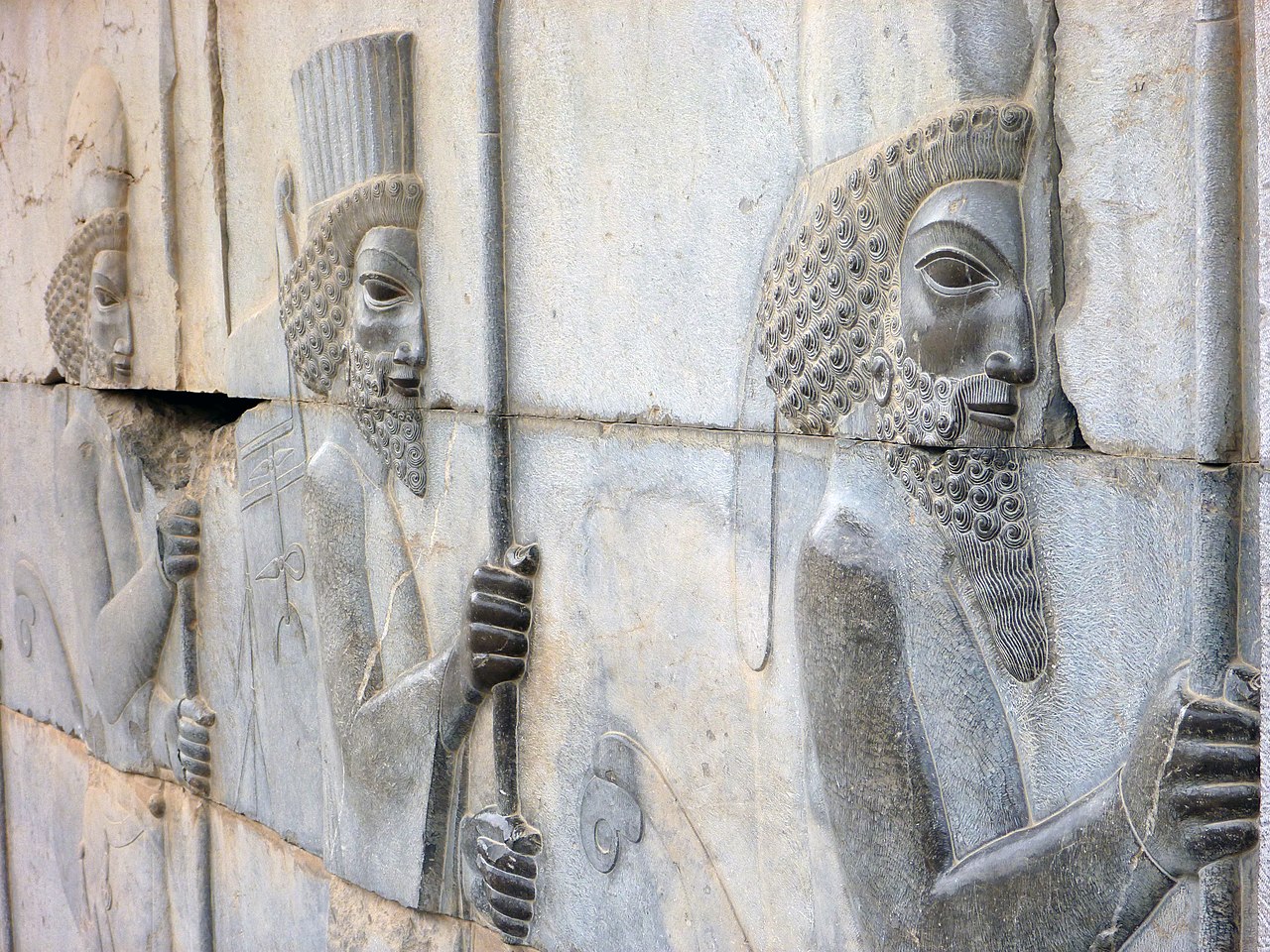 Ahmad Masoominezhad, CC BY-SA 4.0, Wikimedia Commons
Ahmad Masoominezhad, CC BY-SA 4.0, Wikimedia Commons
32. He Sent A Message
Once the Spartan and Persian armies reached Thermopylae, Xerxes extended his form of an olive branch. He sent a messenger with an offer for the Greeks to ally with Persia and give up their lands. When Leonidas refused, Xerxes commanded the Greek Allies to lay down their weapons and surrender completely.
Not one to keep his enemies waiting, Leonidas responded quickly.
33. He Gave His Answer
Rather than surrender and simply stand by as the Persian army continued into Greece, Leonidas made his opposition clear. When told to lay down their arms, the Spartan King sent Xerxes’ messenger back with a response, saying “Molṑn labé,” which roughly translates to “Come and take them”.
Despite this aggression, the fighting didn’t begin immediately.
34. They Waited For Days
Perhaps due to overconfidence, fear, or some form of mercy, Xerxes delayed his initial attack. For four days, the Persian army stood by, unsure of the Greek Allies’ numbers and hoping they would just leave.
Of course, they had another reason to wait as well.
35. They Expected Reinforcements
Although Xerxes waited for days, expecting the Greek Allies to heed his demands for surrender—or at the very least pack up and leave—he was also waiting on his own people. The Persian fleet was supposed to meet them at the coast, but was delayed and damaged by bad weather.
The fighting had to start eventually.
36. The Battle Commenced
Xerxes was a patient invader, but even he had his limits. After feeling he had waited long enough, the Persian army advanced on the fifth day. But battles weren’t new to the Greek Allies, and they knew what to do.
37. One Side’s Strategy
While the Persian army was content with striking down any in their path, the Greek Allies took a more reserved approach. Knowing Xerxes’ superior numbers, Leonidas had his army maintain their defense above all else to outlast Persia’s forces and wear them out.
To do this, they used their trademark technique.
38. Their Tested Formation
Spartan combat largely relied on defense, especially through their phalanx formation. This faithful technique involved the men forming a wall of overlapping shields and striking from behind with their swords and spears.
Their battlefield certainly helped too.
39. The Perfect Terrain
While it was necessary for Xerxes’ plans to take the pass at Thermopylae, it also gave the Greek Allies a distinct advantage. Nestled between the cliffs and the sea, Leonidas specifically marched his army to the narrowest point to bottleneck the Persian army, rendering the advantage of Xerxes’ numbers inert.
Nevertheless, the Persian King launched his assault.
40. A Ranged Attack
As was typical of the Persian army, they initiated the battle with a ranged attack. Persian archers fired thousands of arrows at the Greek Allies, but they didn't claim a single Greek life. The defenses of the Allies were so strong that the arrows were useless.
This proved Leonidas’ confidence justified.
41. The Famous Quote
People often bring up one famous quote concerning the Battle of Thermopylae. While it’s debated who said the quote, it came up when a Greek soldier lamented that the Persian army’s arrows would block out the sun. Reports vary, but either Leonidas or a man named Dienekes replied, “Won’t it be nice, then, to fight in the shade"?
This bravado continued to be well-earned.
42. An Obsolete Attack
Xerxes sent in his infantry following his ranged attack, but it didn’t go as planned. 10,000 Persian footsoldiers charged the Greek army—but made it no further. The phalanx formation withstood the assault and the Allies slew many of Xerxes’ warriors.
This still resulted in the Greek Allies’ first casualties of the battle.
43. Very Few Casualties
Leonidas’ army succeeded in outlasting the Persian forces, but they still suffered losses. During the first attack, where the Greek Allies drove back 10,000 Persian soldiers, the Allies lost as many as...three men.
Throughout all of this, the Allies also maintained efficiency and practicality.
44. They Put In Substitutions
The Spartans were in top physical form, and constantly trained to maintain it, but they were still human. Leonidas accounted for the basic weakness of exhaustion and regularly substituted men on the front lines with fresh ones to combat it.
Pushed to desperation, Xerxes resorted to his most deadly force.
45. He Sent In His Greatest Warriors
Having failed his first attacks, Xerxes brought out his heavy hitters. Against the reinforced lines of the Allies, 10,000 of Persia’s elite warriors—called the Immortals—charged. However, just like the first 10,000, the Allies stopped them in their tracks and sent them running back.
This was only the first day, though, and Xerxes wasn't going anywhere.
46. Another Day Of Battle
On the second day, Xerxes continued to pressure the Allied forces. Unsure what else to do, he threw waves of Persian warriors against the wall of Greek shields, causing little more than a dent in Leonidas’ forces.
Unfortunately, there was something the Spartan King hadn’t considered.
47. The Traitor
For all the strategy and might that Leonidas commanded, he overestimated at least one man’s loyalty. On that same day, a Greek man named Ephialtes went to Xerxes and traded his country for money and other gifts. He informed the Persian army of a secret path behind the Allied lines.
Xerxes seized this opportunity.
48. They Took A Hidden Path
Having been directed to the Anopaia Path, Xerxes sent what remained of his elite warriors to outflank the Greek Allies. Taking the secret mountain path, they emerged on the other side of Leonidas’ forces, gaining an enormous advantage.
This monstrous betrayal would reverberate through the ages.
49. His Name Lived On
With the names of Leonidas and Xerxes, the traitor Ephialtes also became known throughout history. Today, the Greek word for “nightmare,” efiáltis, is derived from his name.
This is fitting since, for the Greek Allies, his actions spelled their doom.
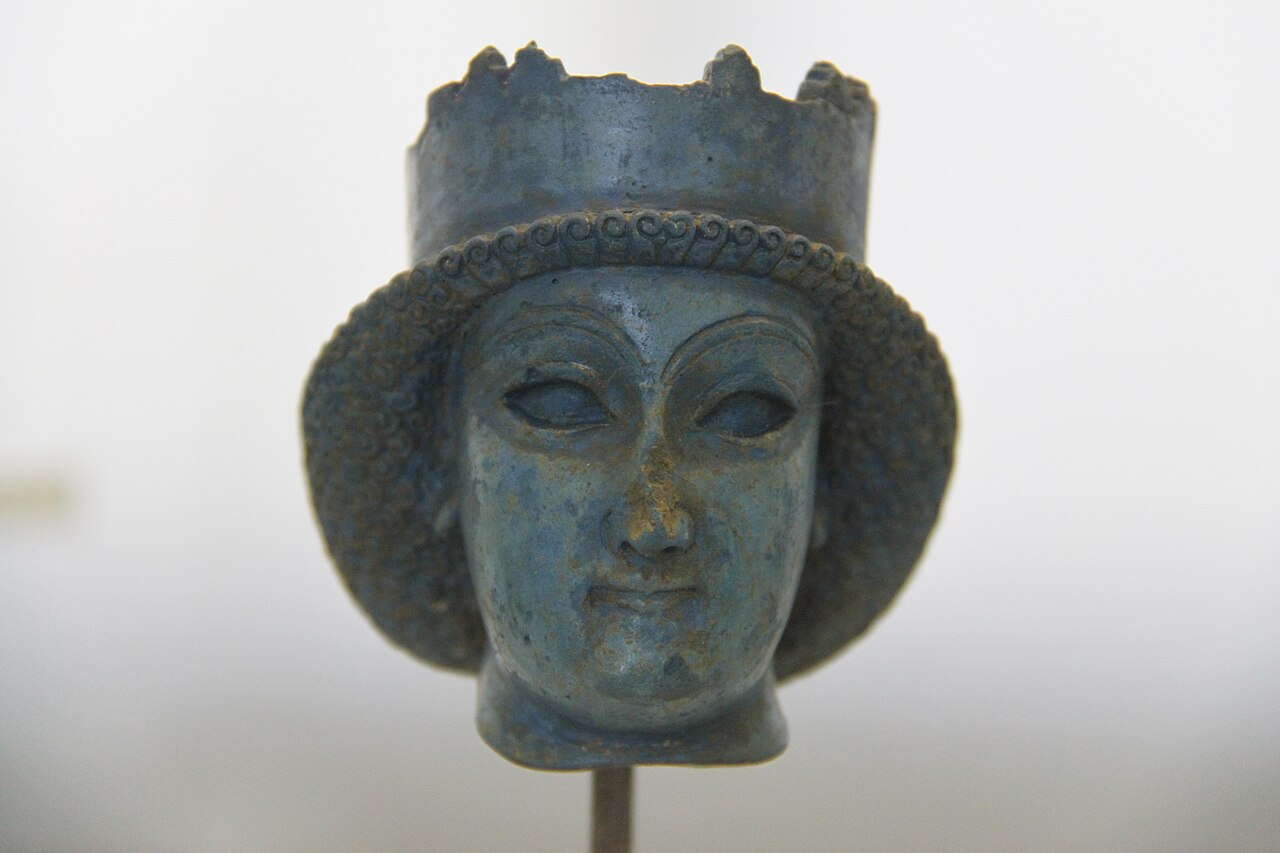 DanielTheGreat, CC BY-SA 4.0, Wikimedia Commons
DanielTheGreat, CC BY-SA 4.0, Wikimedia Commons
50. They Were Overwhelmed
Leonidas was well aware of the Anopaia Path, and he had stationed 1,000 men at the path’s entrance. However, once the Persian forces marched through the passage on the third day of battle, Leonidas’ warriors were no match for them and fled.
Keeping a level head, Leonidas considered his options.
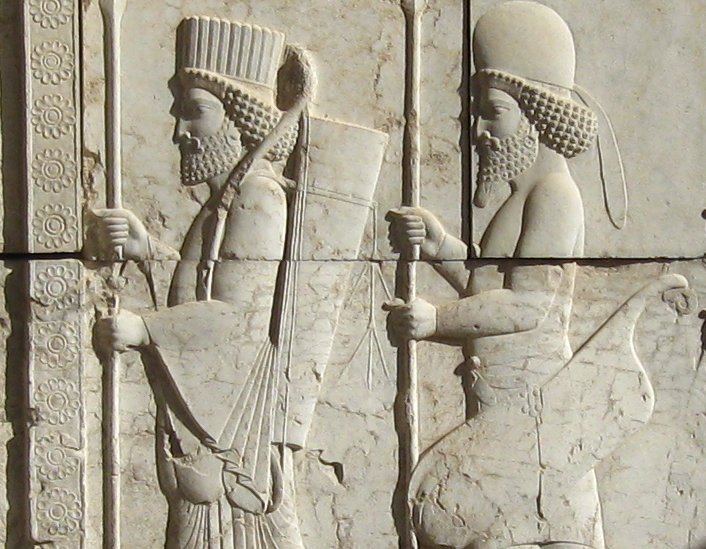 Forough.Parhoudeh, CC BY-SA 4.0, Wikimedia Commons
Forough.Parhoudeh, CC BY-SA 4.0, Wikimedia Commons
51. He Held A Meeting
Luckily, Leonidas learned of the betrayal and the Persian army’s approach before they closed in. He was fully aware of the consequences if Xerxes was allowed to plow through the pass. Using the time they had, he called a council to decide their next move.
In the end, Leonidas left it up to them.
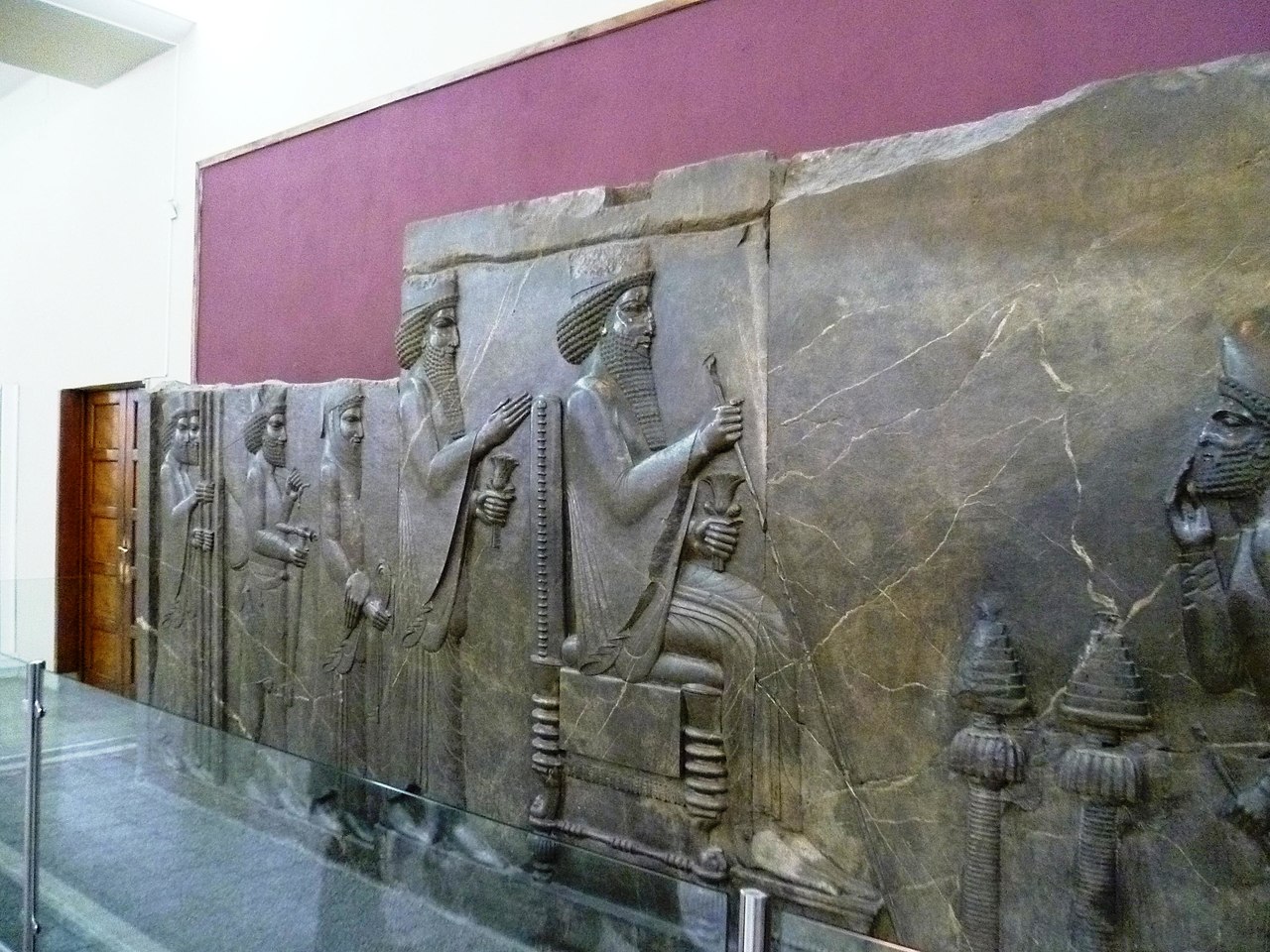 Radosław Botev, CC BY 3.0, Wikimedia Commons
Radosław Botev, CC BY 3.0, Wikimedia Commons
52. They Were Given A Choice
Rather than run away or order his entire army to meet their end, Leonidas decided on something in the middle. Knowing their fate, he gave most of the Greek Allies a choice—stay with him and perish, or run and live to fight another day.
Most took the former option, but not all.
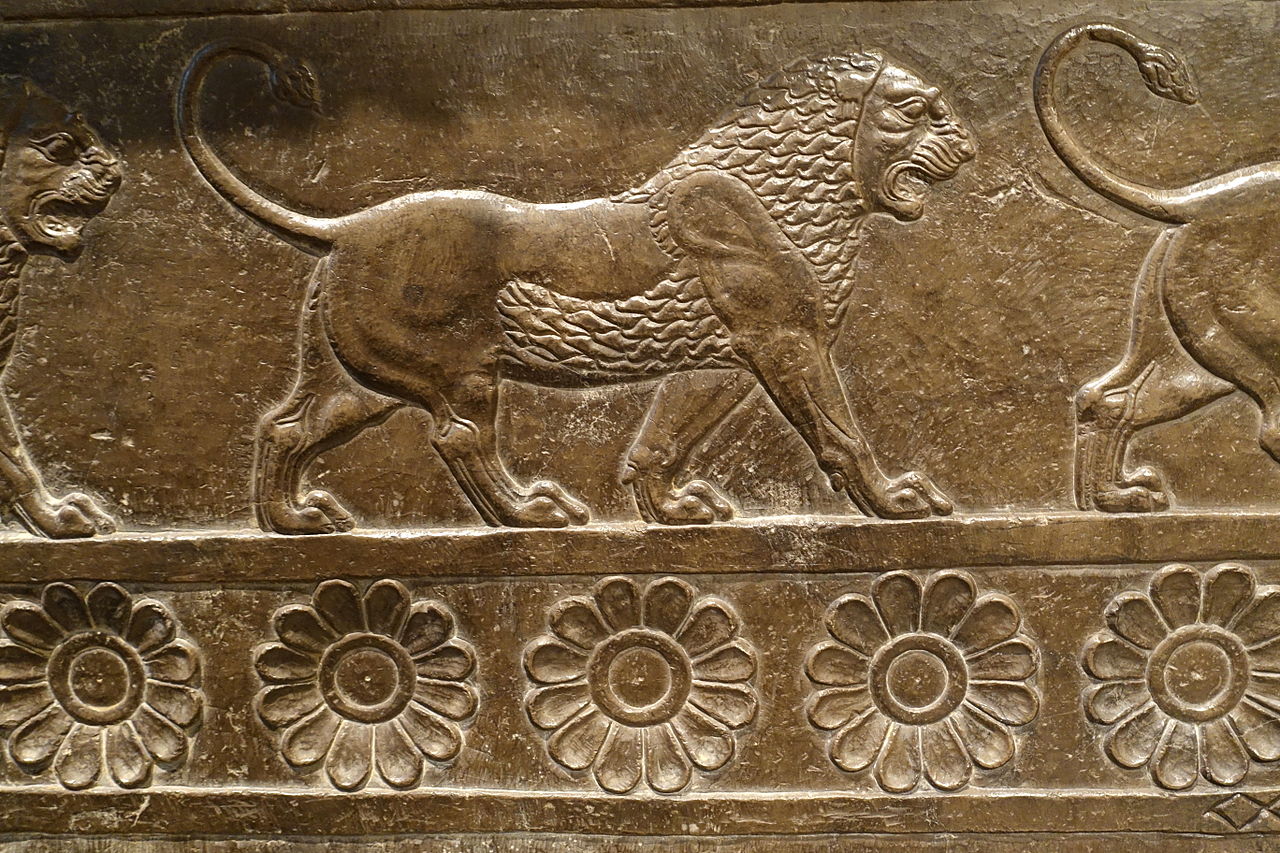 Daderot, CC0, Wikimedia Commons
Daderot, CC0, Wikimedia Commons
53. Those Who Remained
Leonidas was adamant about making a stand, so he remained at the front with his 300 Spartan royal guards. Of the minority who stayed with the Spartans were their 900 helots—a class of subjugated non-Spartan warriors—400 Thebans, and 700 Thespians who refused to leave despite them consisting of Thespia’s entire hoplite force.
Finally, the last battle erupted.
 ArchaiOptix, CC BY-SA 4.0, Wikimedia Commons
ArchaiOptix, CC BY-SA 4.0, Wikimedia Commons
54. A Final Clash
Meeting their end with open arms and ferocious cries, the remaining Greek Allies charged at the Persian army on their doorstep. Their goal was no longer to win but to slay as many enemies as possible.
Only then, did they truly lose.
 ArchaiOptix, CC BY-SA 4.0, Wikimedia Commons
ArchaiOptix, CC BY-SA 4.0, Wikimedia Commons
55. The King’s Stand
Like always, the Spartan King led his men against the invaders, remaining right at the front and in the thick of it. At last, during this unforeseen attack, Leonidas I was slain by Xerxes’ forces.
With this, Xerxes unknowingly fulfilled a prophecy.
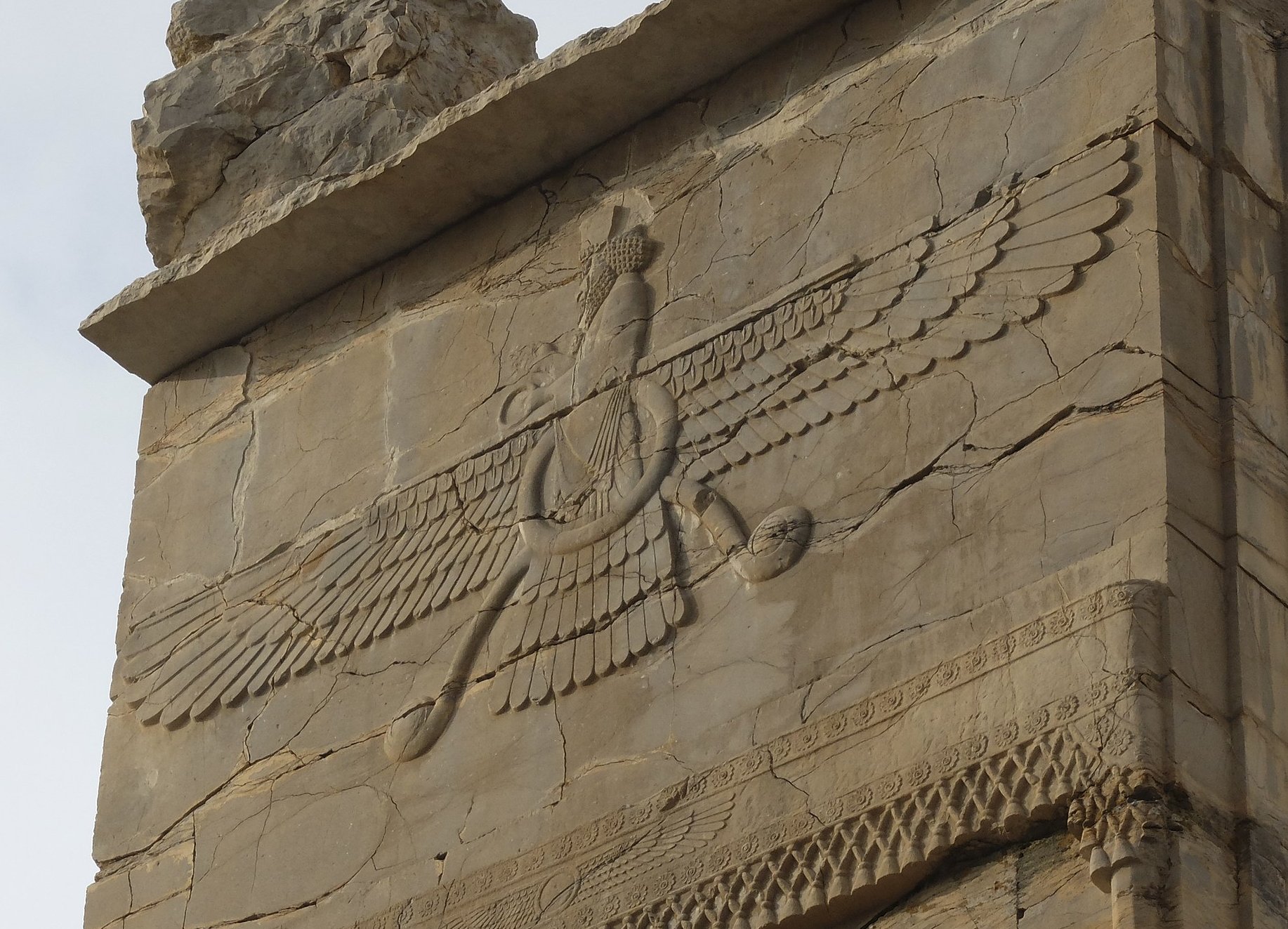 Franco Pecchio, CC BY 2.0, Wikimedia Commons
Franco Pecchio, CC BY 2.0, Wikimedia Commons
56. It Came True
Although Leonidas marched to what he aimed to be victory, he learned of the alternative from a mystical source. Sometime before the battle, Sparta went to the Oracle of Delphi for guidance in the coming conflict. The Oracle prophesied that for Sparta to survive, its King would have to perish in its place.
Now that the time had come, the various Greek Allies reacted differently.
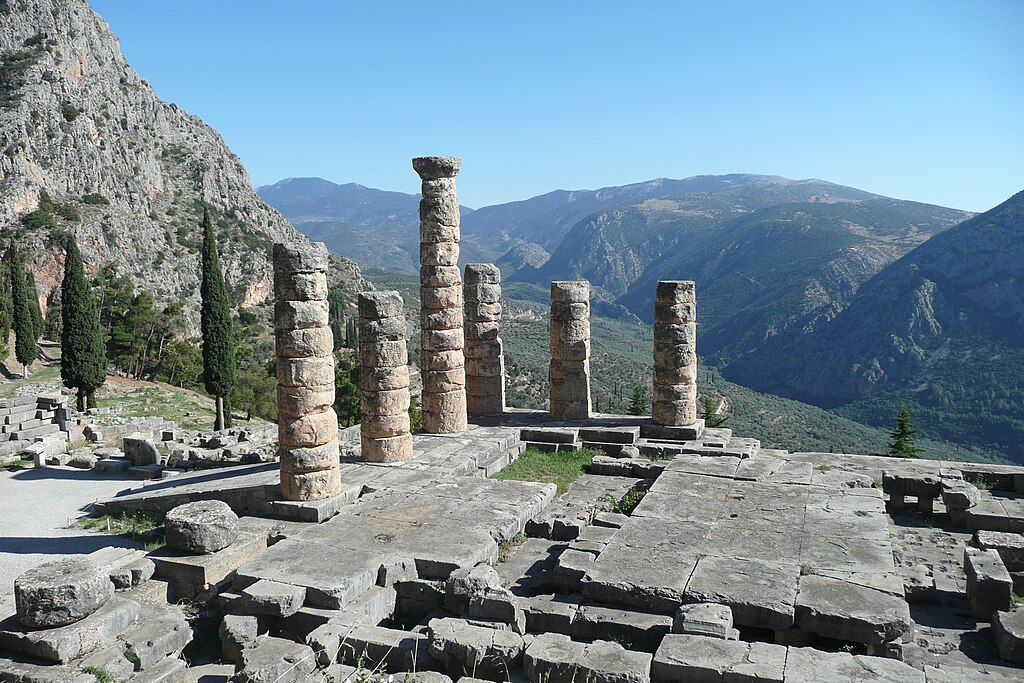 Paul Stephenson, CC BY 2.0, Wikimedia Commons
Paul Stephenson, CC BY 2.0, Wikimedia Commons
57. Some Gave Themselves Up
Amid this climactic battle, not everyone maintained the same warrior spirit as the Spartans. Rather than perish at the hands of the Persian army, the remaining Thebans surrendered to the invaders, either being captured or slain anyway.
Regarding the rest of the Allies, they stayed the course.
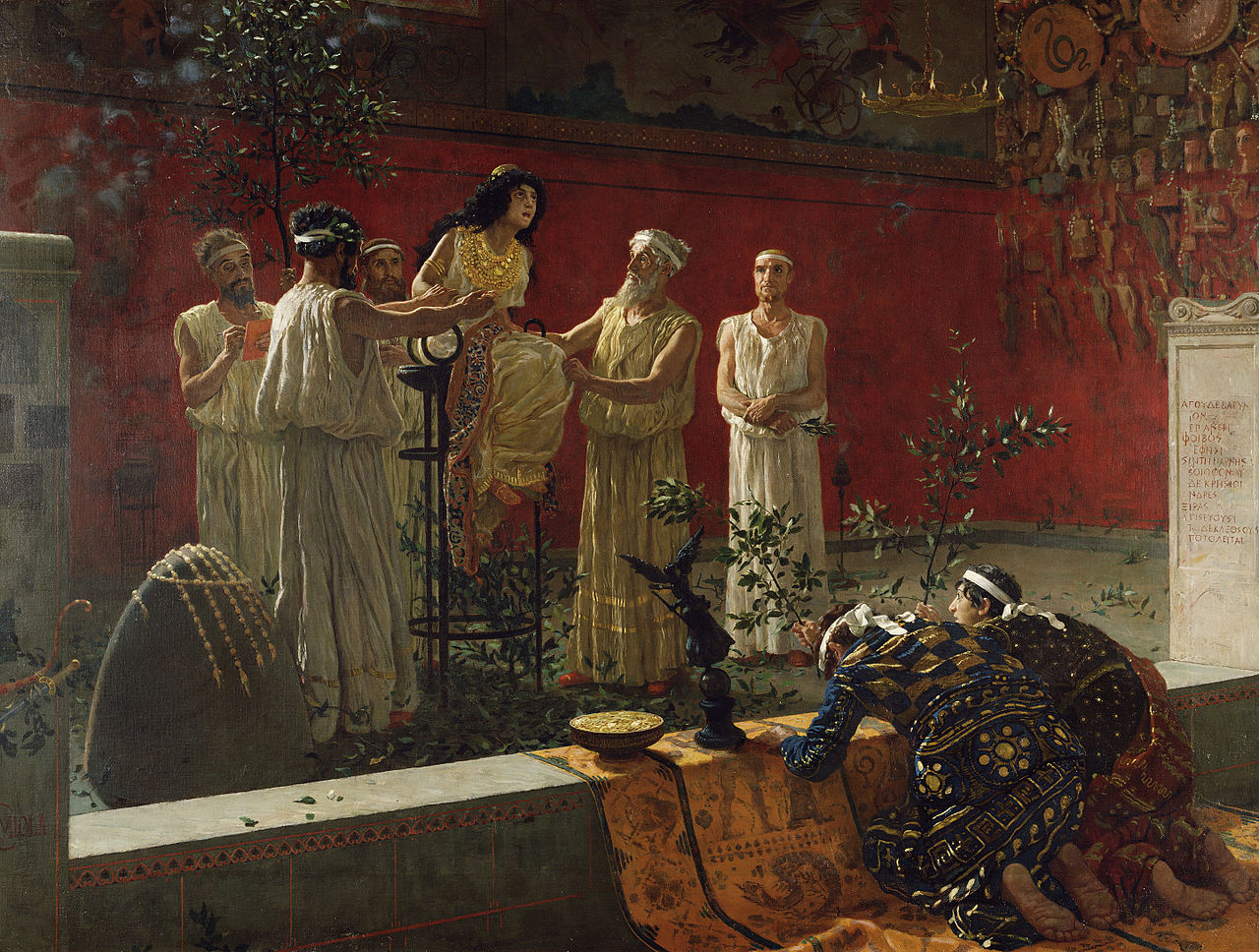 Camillo Miola, Wikimedia Commons
Camillo Miola, Wikimedia Commons
58. Others Refused To Surrender
Although the Thebans had tried to submit themselves to Xerxes, the Spartans and the rest of the Allies held fast. They resolved to fight to the very last man, and despite their small number, these courageous warriors were not to be underestimated.
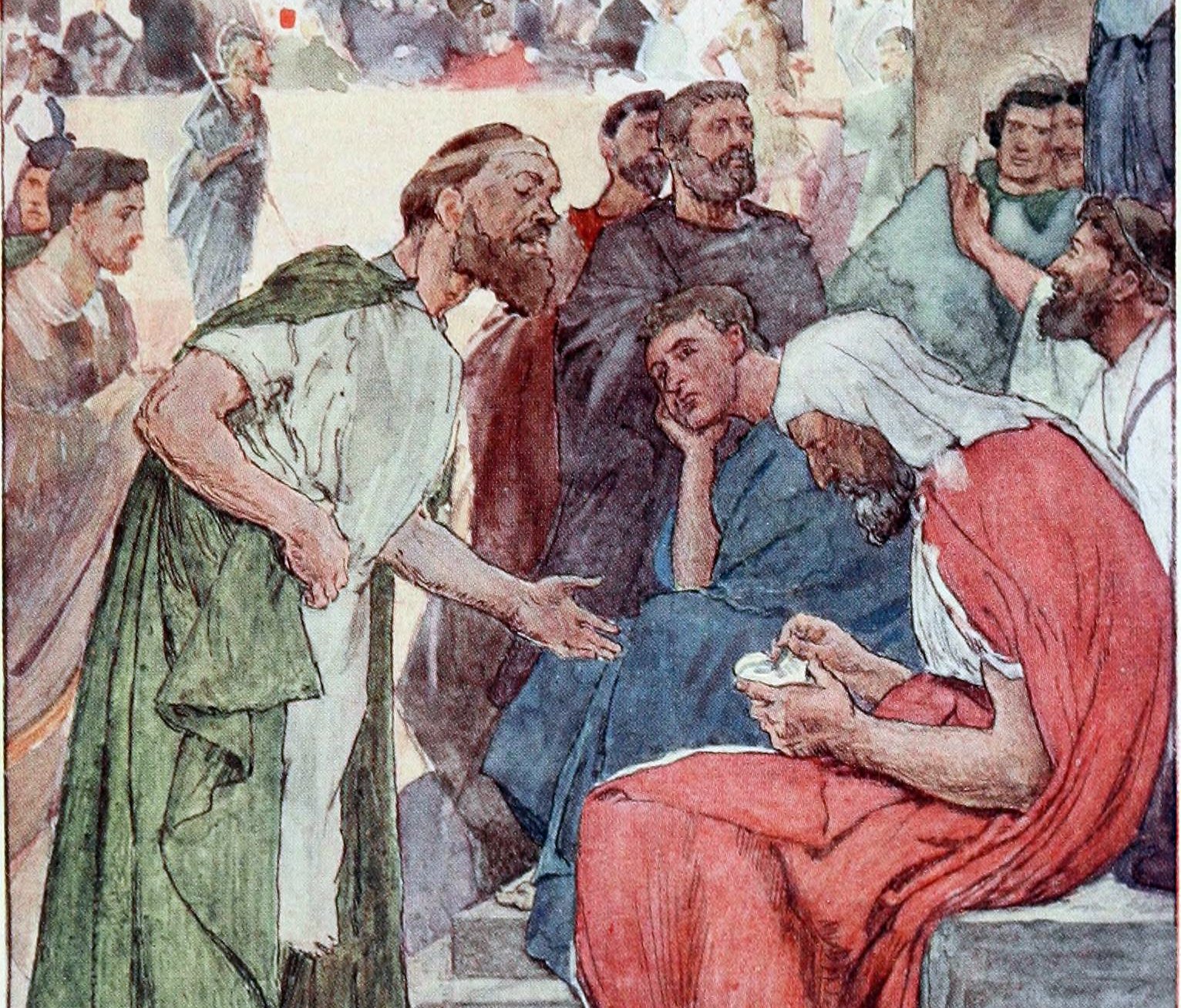 Weston, W. H., Wikimedia Commons
Weston, W. H., Wikimedia Commons
59. They Were Relentless
The Spartans fought tooth and nail as they had nothing more to lose, except their country should they surrender. According to historians, they fought until their swords and spears broke—then resorted to biting and clawing their enemies.
Even with this ferocity, there were simply too many.
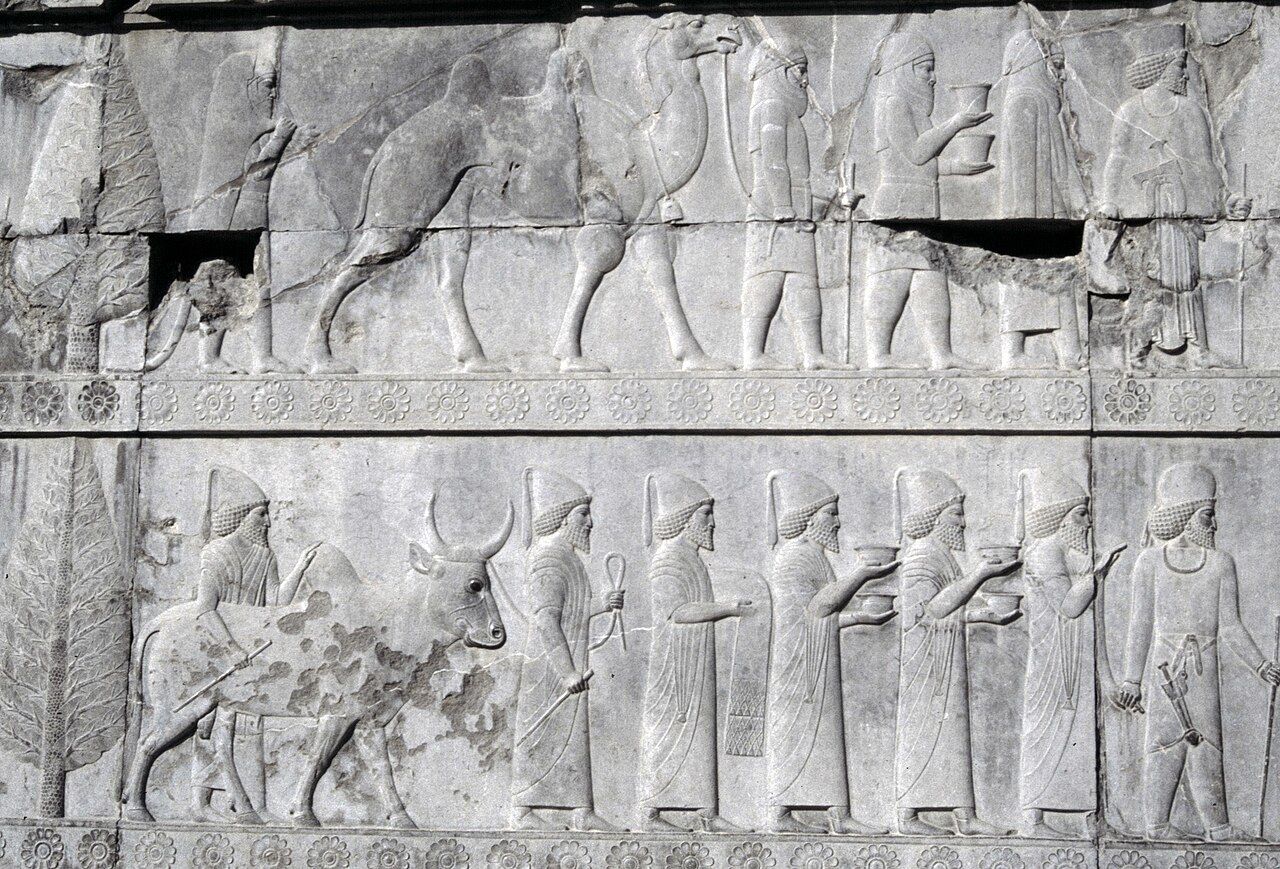 Ziegler175, CC BY-SA 4.0, Wikimedia Commons
Ziegler175, CC BY-SA 4.0, Wikimedia Commons
60. They Were Surrounded
The Spartans and their allies fought until their numbers dwindled to next to nothing, at which point Xerxes’ forces only needed to finish the job. The Persian army positioned themselves at all sides of the Allies and readied their bows.
Despite Xerxes’ brutality, he didn’t make them suffer any longer.
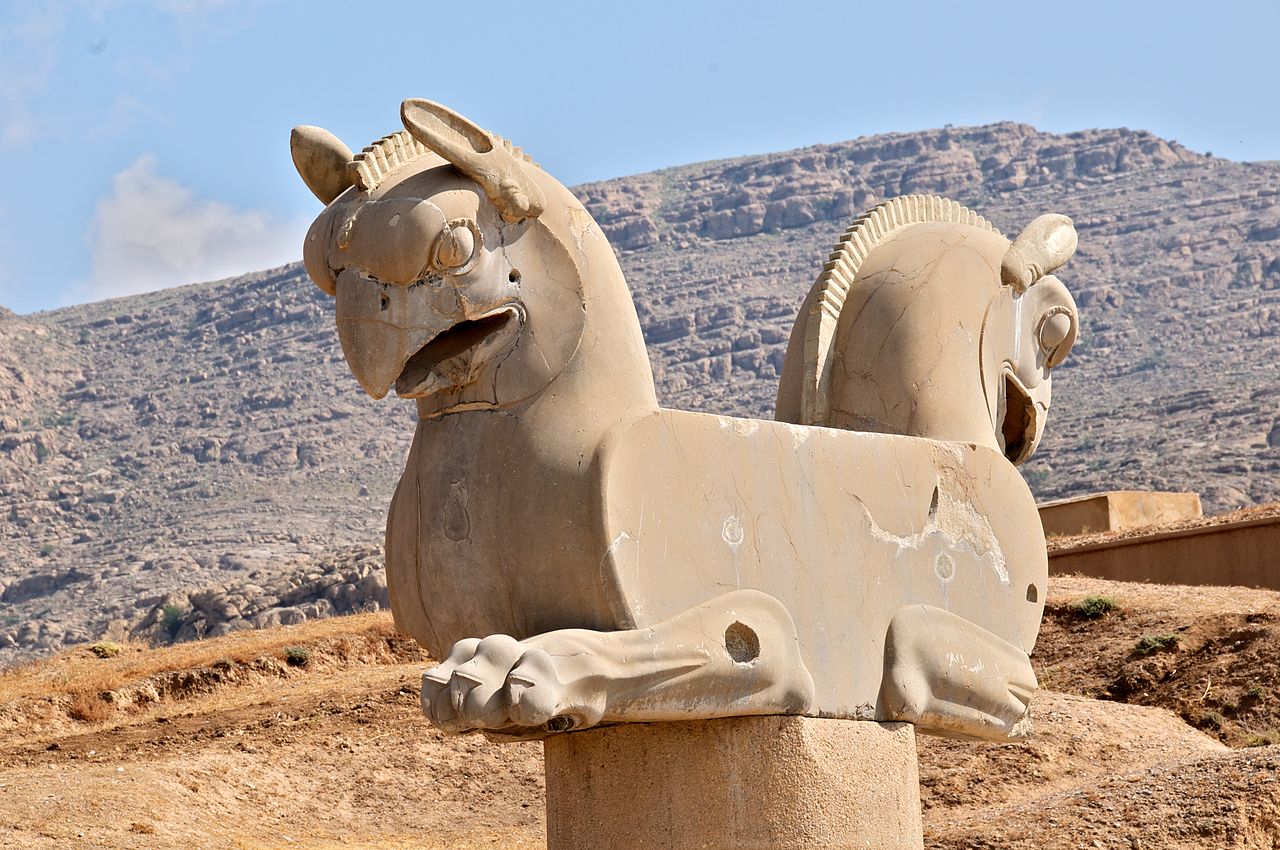 A.Davey, CC BY 2.0, Wikimedia Commons
A.Davey, CC BY 2.0, Wikimedia Commons
61. It Was In One Swift Strike
Refusing to stop fighting even at the end, the surviving Greek Allies met their maker. The surrounding Persian warriors drew their arrows and fired, slaying every last Spartan, helot, and Thespian left.
With that, the battle concluded.
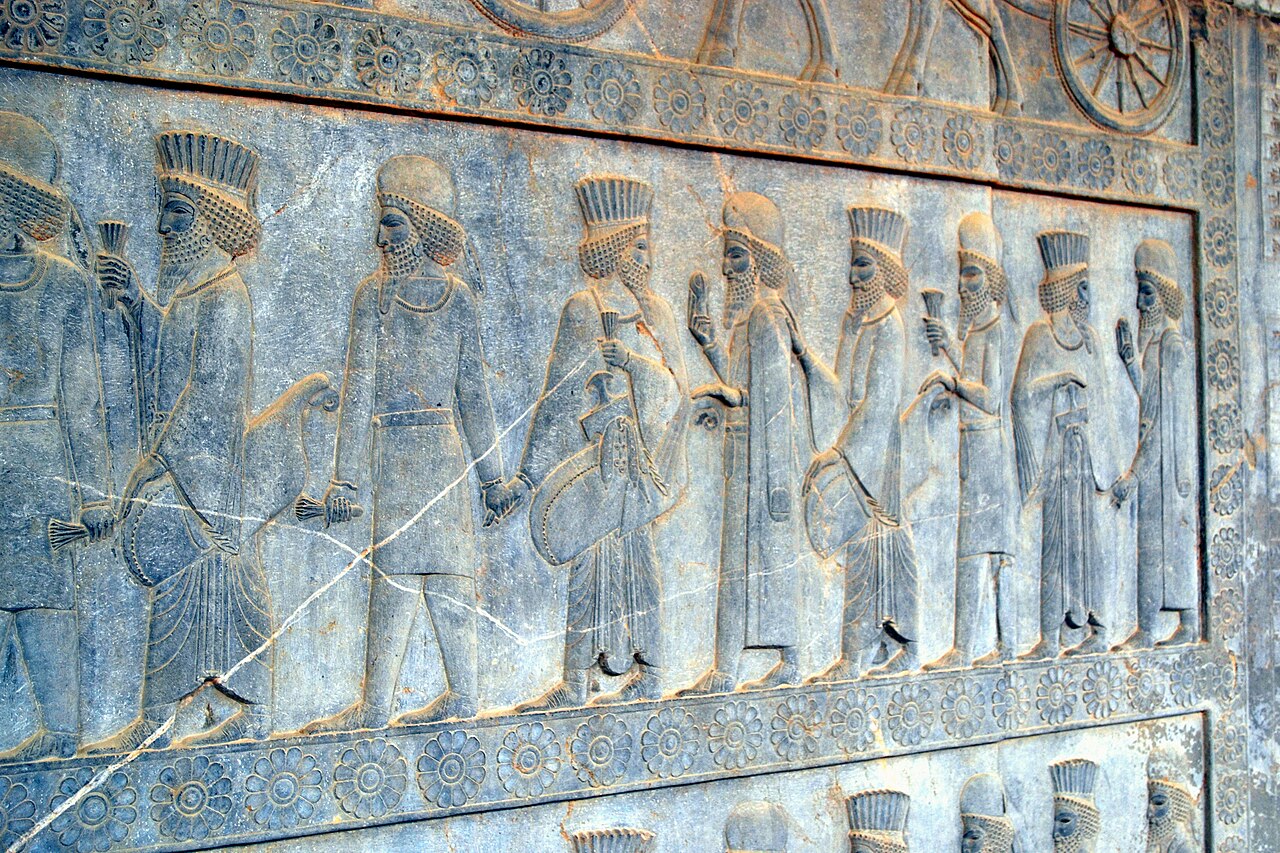 Bontenbal, CC BY-SA 3.0, Wikimedia Commons
Bontenbal, CC BY-SA 3.0, Wikimedia Commons
62. The Victors Of Thermopylae
Having outflanked Greece’s Allied defense and sent most of their forces retreating, the Battle of Thermopylae came to a close. Xerxes stood victorious above the fallen Spartans and their king.
Even then, he had no respect for Leonidas.
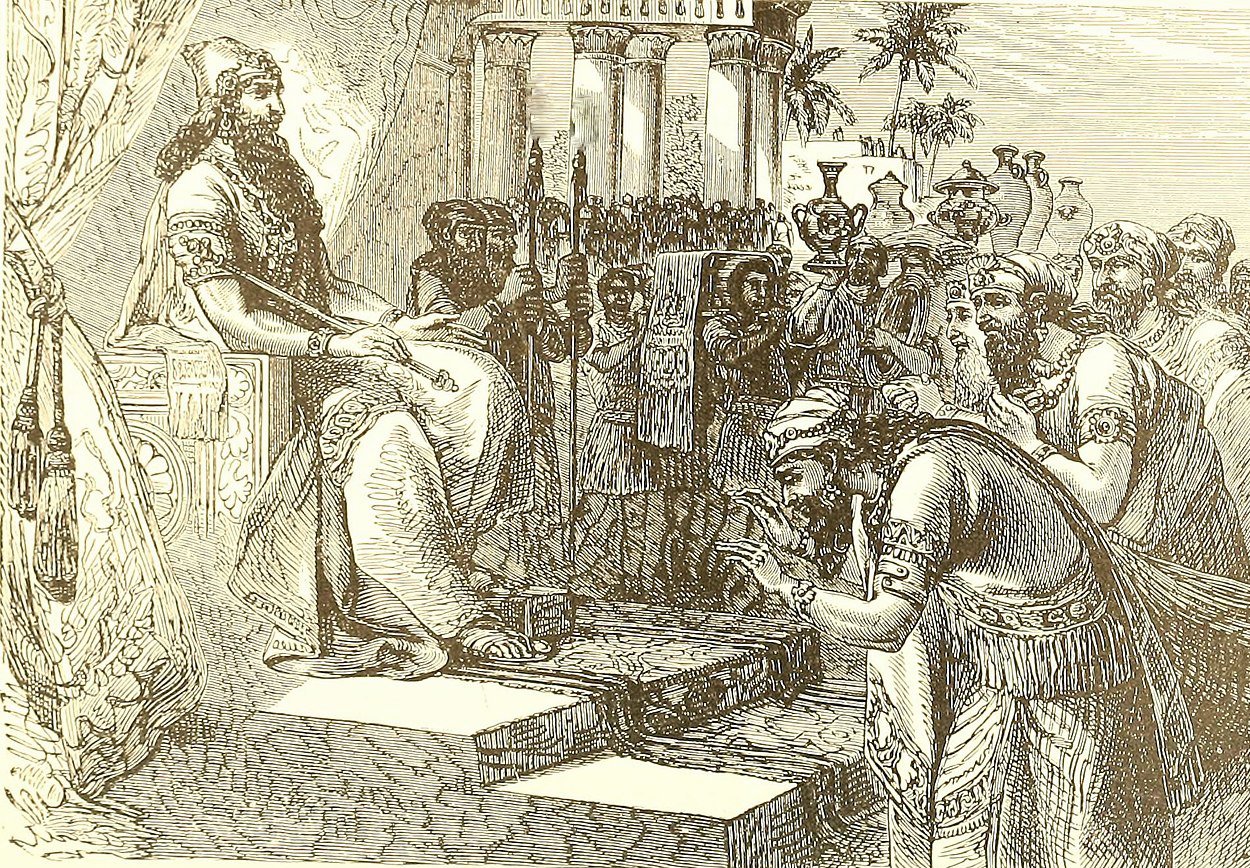 Clough, Arthur Hugh, Wikimedia Commons
Clough, Arthur Hugh, Wikimedia Commons
63. He Dishonored His Fallen Foe
For Xerxes, winning the battle seemingly wasn’t enough, and he had to humiliate Leonidas. Sifting through the battle’s wreckage, his men found the slain Spartan King and decapitated him before crucifying his body. This was a grave, sacrilegious insult.
This victory wouldn’t last long.
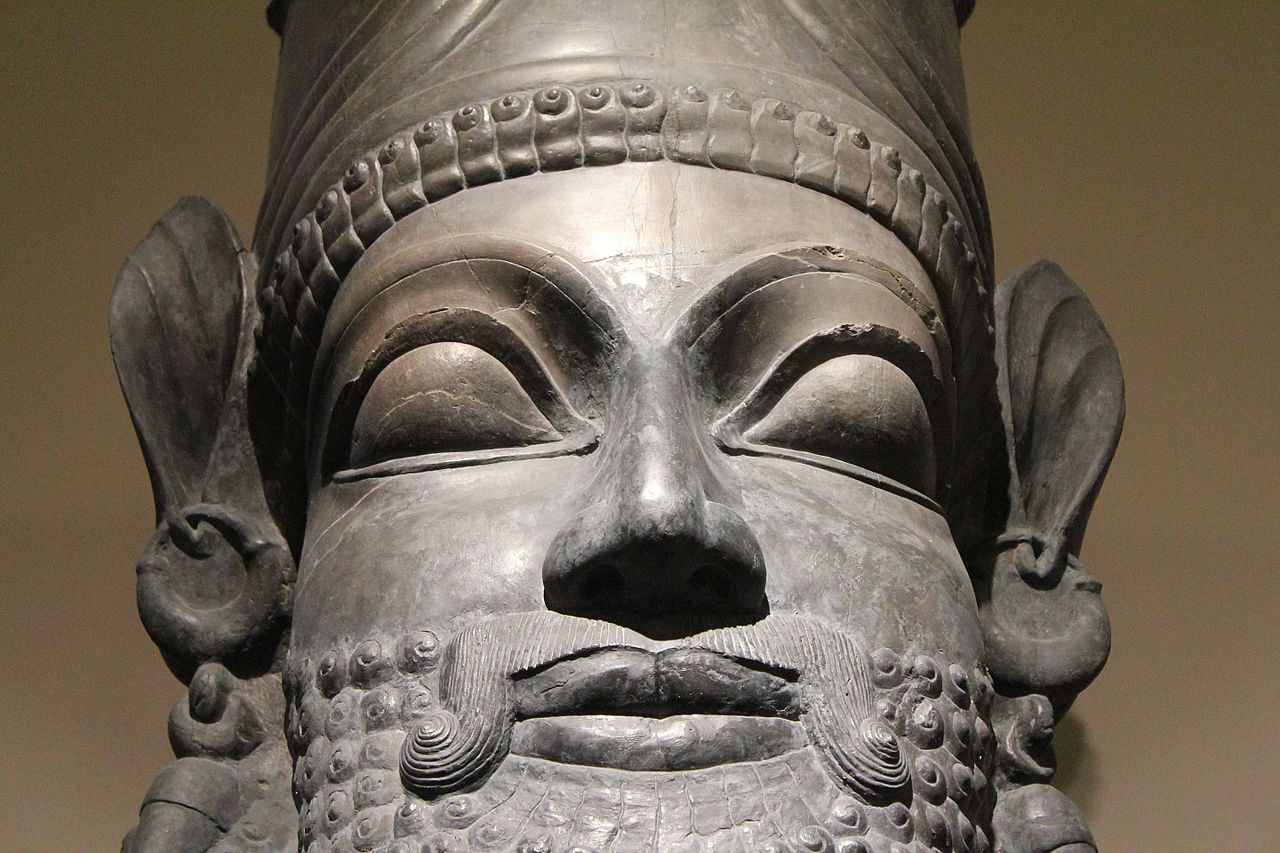 Quinn Dombrowski, CC BY-SA 2.0, Wikimedia Commons
Quinn Dombrowski, CC BY-SA 2.0, Wikimedia Commons
64. Unexpected Consequences
Xerxes and his army had achieved victory over Greece’s primary defense, but this didn’t have the effect they had hoped for. Throughout the rest of Greece, news of Sparta’s stand and sacrifice spread and gave the other city-states the push they needed.
Through this change in morale, things started looking up.
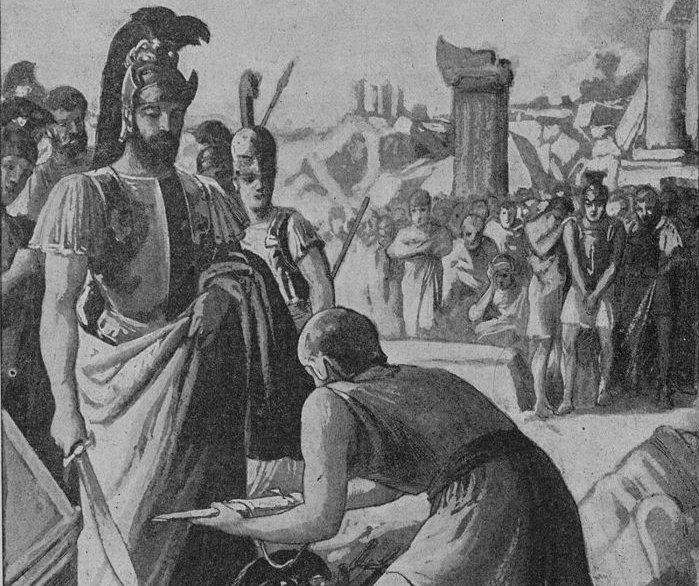 Geiger Richárd, Wikimedia Commons
Geiger Richárd, Wikimedia Commons
65. The Tide Turned
In the wake of Persia’s victory at Thermopylae, Xerxes moved further into Greece, sacking Plataea, Thespiae, and eventually Athens. This wasn’t for long, as the Greek resistance started to achieve more and more victories through their infantry and navy.
Ultimately, the Greek counter-attack sealed the fate of Xerxes’ campaign.
 Alborzagros, CC BY-SA 3.0, Wikimedia Commons
Alborzagros, CC BY-SA 3.0, Wikimedia Commons
66. An Eventual Failure
Seizing control over much of Greece and razing Athens to the ground, Xerxes pushed the Greek Allies to the point of no return. Reflecting on Thermopylae, Xerxes knew a land battle would be unwise against the now-desperate Greek Allies. He attempted to outflank them with his navy, but was soundly beaten by the Athenians at Salamis.
This led like dominoes to Xerxes and his forces abandoning their conquest entirely. History was made—but few people realize how close it was to turning out differently.
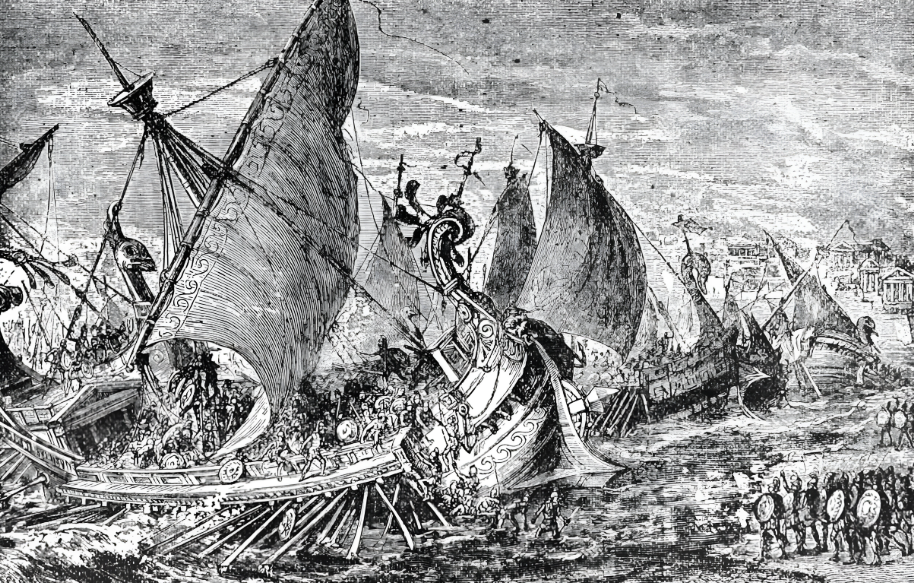 Abbott, Jacob, Wikimedia Commons
Abbott, Jacob, Wikimedia Commons
67. If They Had Run
Although they would have lost either way, Leonidas’ choice to stand against Xerxes and allow his comrades to escape meant everything. Had he ordered a full retreat, the borrowed forces of Sparta’s allies would have all been diminished, breaking Greece’s morale in the process.
If that happened, there’s no telling where Xerxes’ ruthlessness would have ended.
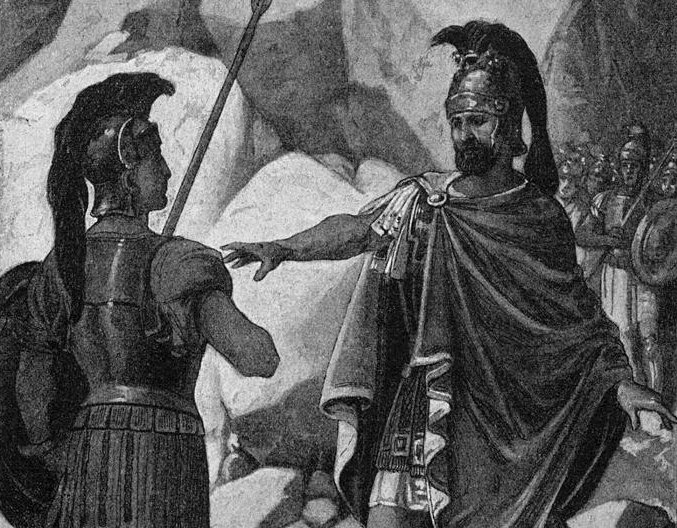 Richard Geiger, Wikimedia Commons
Richard Geiger, Wikimedia Commons
68. He May Have Destroyed Everything
As suggested by historians, if Greece had allowed Xerxes to continue unchecked, he likely would have burned everything down. As evidenced by his actions toward Athens, and even toward the deceased Leonidas, Xerxes had no qualms about destroying those who defied him.
In the grand scope of history, this change would have been cataclysmic.
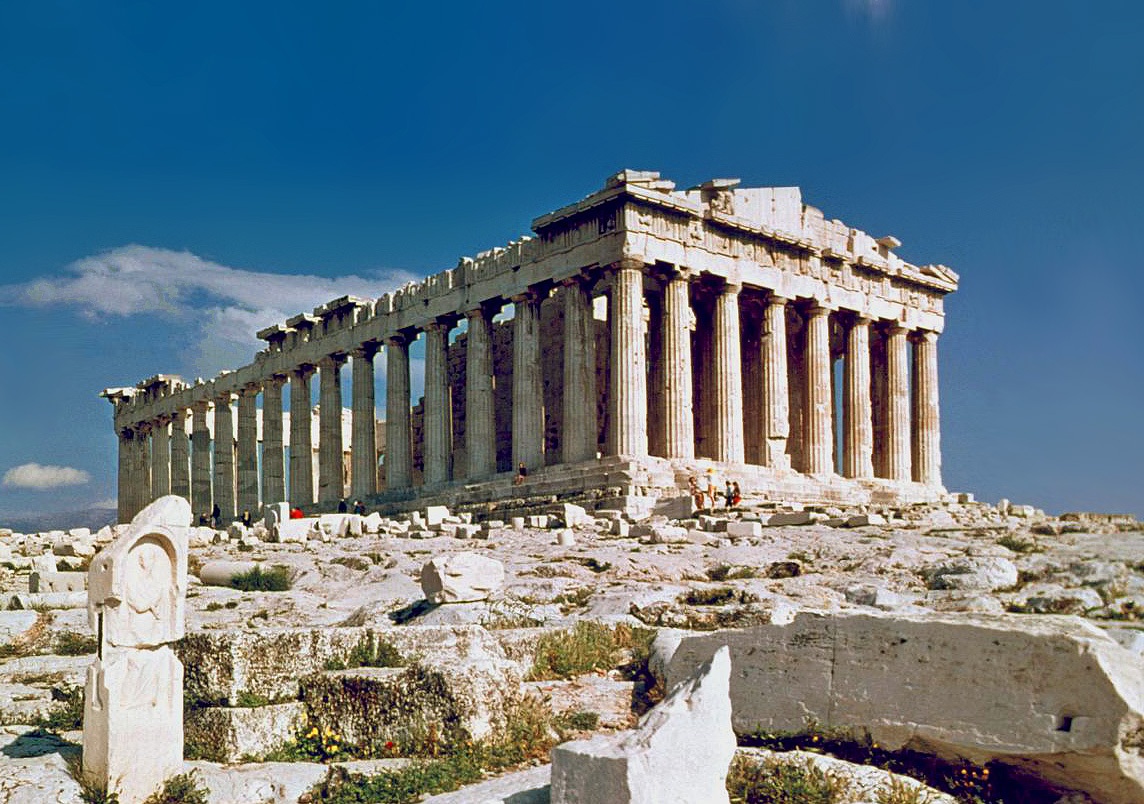 Steve Swayne, CC BY 2.0, Wikimedia Commons
Steve Swayne, CC BY 2.0, Wikimedia Commons
69. History Would Have Been Greatly Altered
It’s important to remember that many of Greece’s most significant contributions to the world were either not around before the invasion or just barely survived it. If Xerxes had ultimately succeeded, it likely would have erased much of Ancient Greece’s historical impact, such as the works of its famous philosophers and even the Olympic Games.
Speaking of altered history, the battle did inspire a comic book and eventually a film.
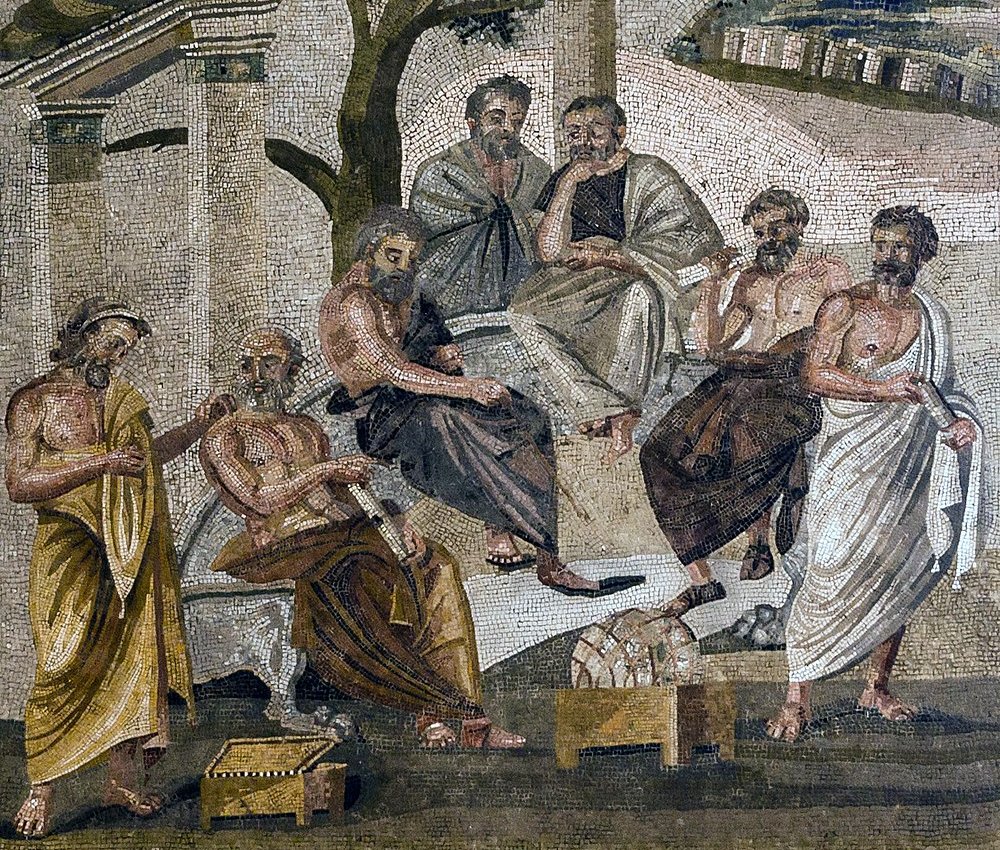 Unknown Artist, Wikimedia Commons
Unknown Artist, Wikimedia Commons
70. The Film
The Battle of Thermopylae and Leonidas’ sacrifice inspired many things like hero cults and legends, with a more modern example being the comic book series, 300. This would eventually become the 2006 film of the same name, which while portraying a truly epic battle, is riddled with inaccuracies and embellishments.


